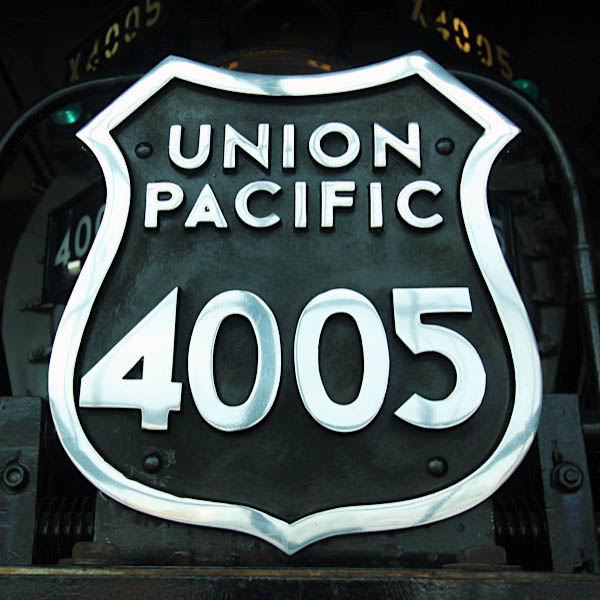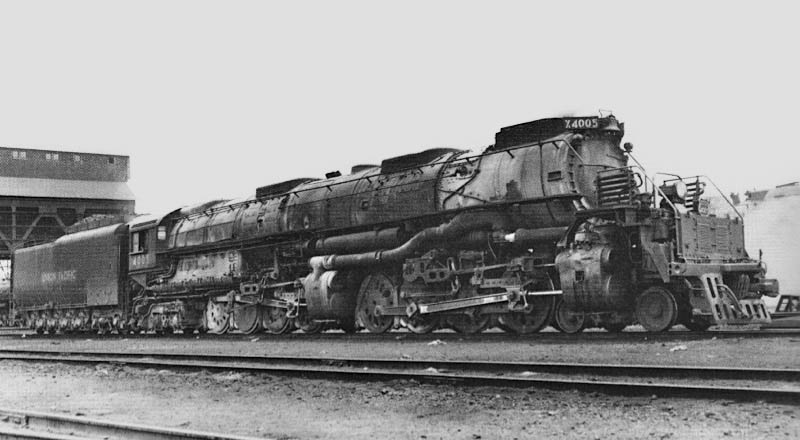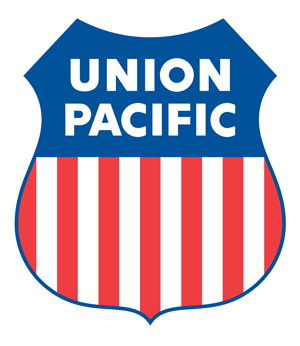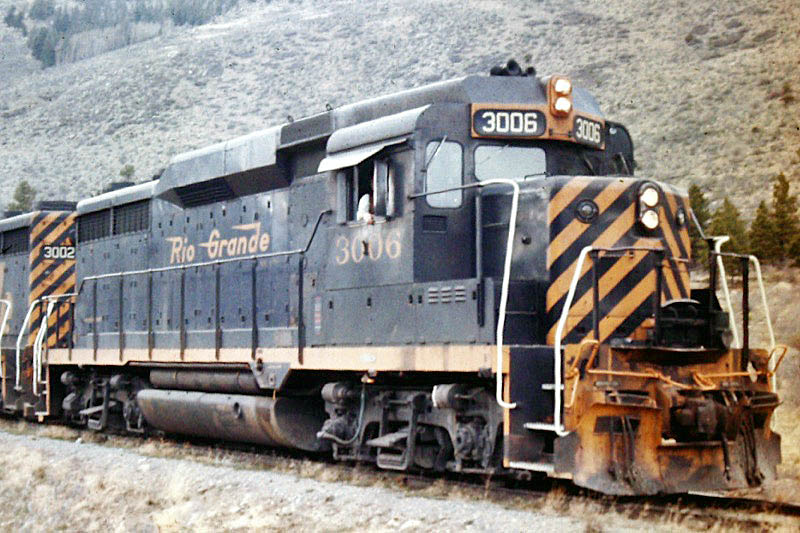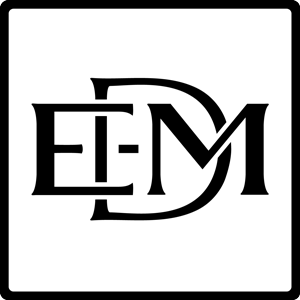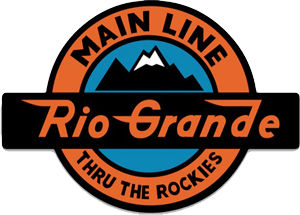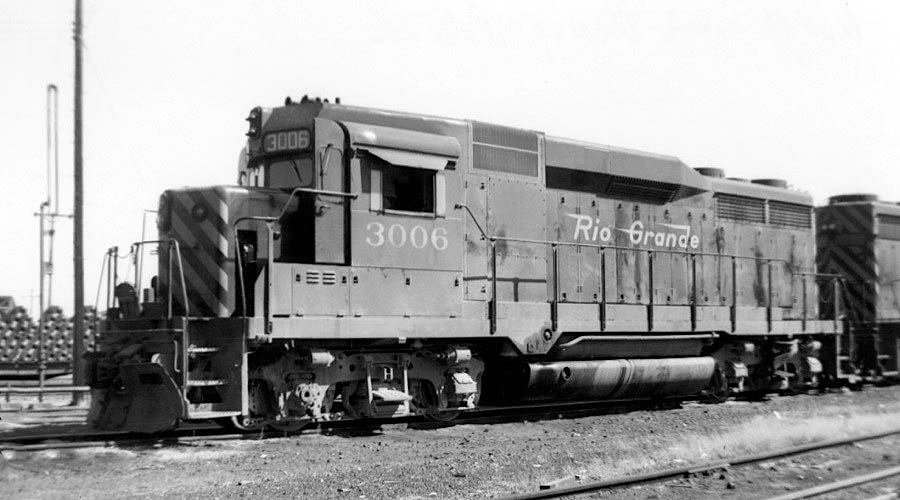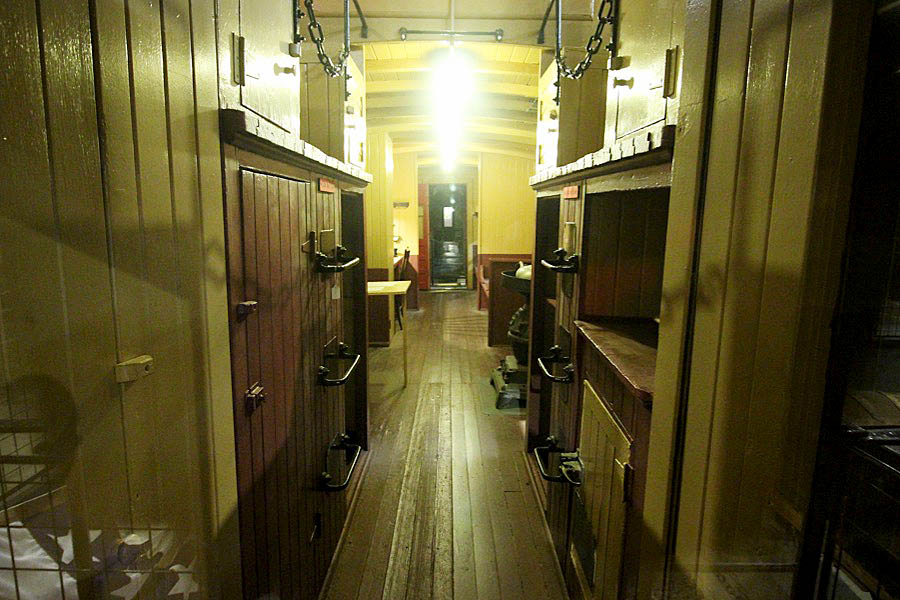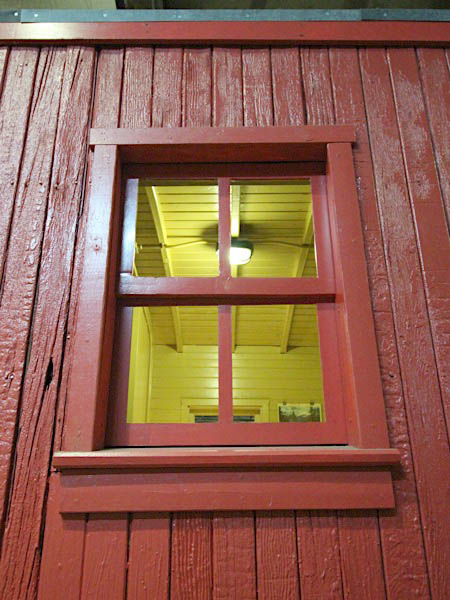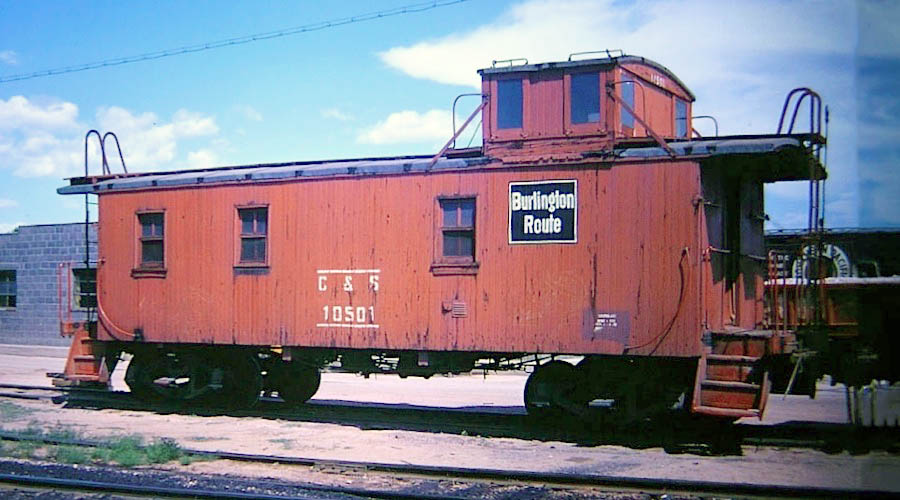
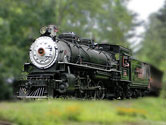






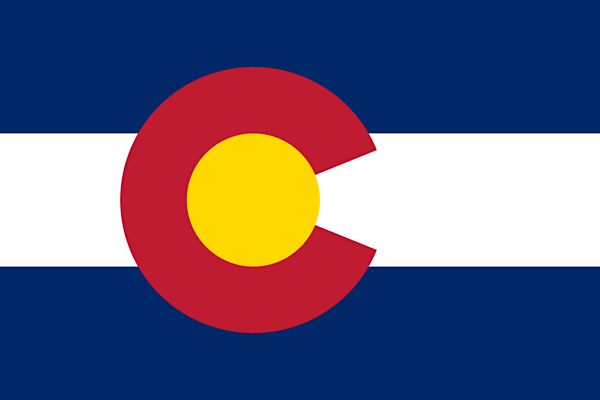


Forney Museum
of Transportation
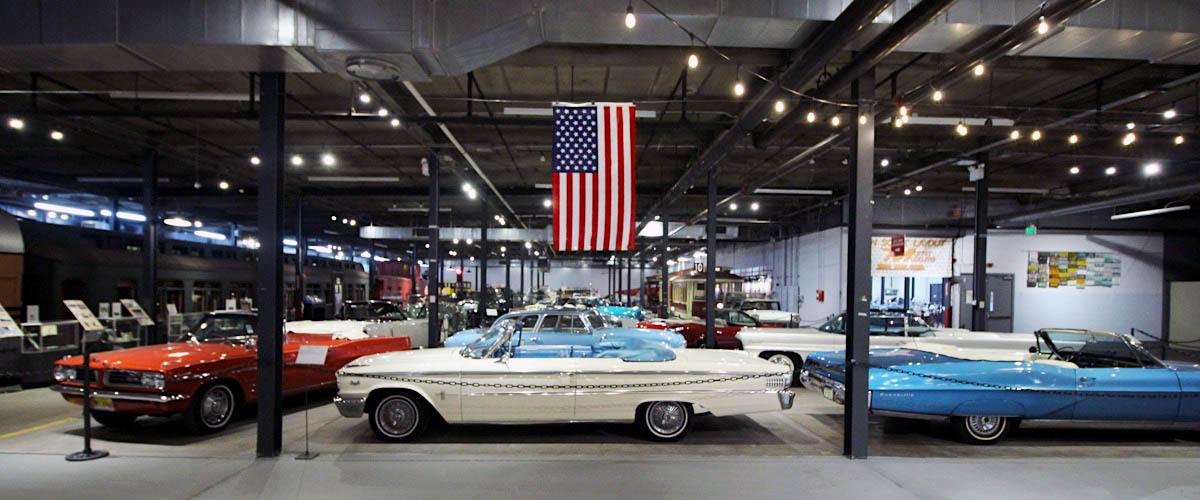
Denver, Co / May 2023 / RWH


 he Forney Museum of Transportation is a one-of-a-kind collection of over 800 artifacts relating to historical transportation. It began 67 years ago with a single 1921 Kissel, but soon expanded to include vehicles of all kinds. Today it includes not just vehicles, but also buggies, motorcycles, steam locomotives, aircraft, carriages, rail equipment, fire apparatus, public transportation, sleighs, bicycles, toys & diecast models, vintage apparel and much, much more!
he Forney Museum of Transportation is a one-of-a-kind collection of over 800 artifacts relating to historical transportation. It began 67 years ago with a single 1921 Kissel, but soon expanded to include vehicles of all kinds. Today it includes not just vehicles, but also buggies, motorcycles, steam locomotives, aircraft, carriages, rail equipment, fire apparatus, public transportation, sleighs, bicycles, toys & diecast models, vintage apparel and much, much more!

 he Forney Museum of Transportation was founded in 1961 by collector J.D. Forney and is located in Denver, Colorado. The museum showcases an extensive indoor collection of vehicles and machines spanning various eras and modes of transport. From vintage automobiles and locomotives to bicycles and aircraft, the collection offers visitors a comprehensive look at the evolution of transportation. With a commitment to education and preservation, the museum celebrates the vision and passion of its founder, J.D. Forney, whose dedication to collecting and sharing these treasures has enriched the understanding of transportation history. Interesting railroad equipment on display includes a Henschel well-tank steam locomotive, a Porter "Forney" steamer from elevated railways, a GP30 diesel-electric road switcher, and one of the few surviving 4-8-8-4 "Big Boy" locomotives used by the Union Pacific Railroad. The museum has a spur connecting the property to Union Pacific's nearby Pullman Yard.
he Forney Museum of Transportation was founded in 1961 by collector J.D. Forney and is located in Denver, Colorado. The museum showcases an extensive indoor collection of vehicles and machines spanning various eras and modes of transport. From vintage automobiles and locomotives to bicycles and aircraft, the collection offers visitors a comprehensive look at the evolution of transportation. With a commitment to education and preservation, the museum celebrates the vision and passion of its founder, J.D. Forney, whose dedication to collecting and sharing these treasures has enriched the understanding of transportation history. Interesting railroad equipment on display includes a Henschel well-tank steam locomotive, a Porter "Forney" steamer from elevated railways, a GP30 diesel-electric road switcher, and one of the few surviving 4-8-8-4 "Big Boy" locomotives used by the Union Pacific Railroad. The museum has a spur connecting the property to Union Pacific's nearby Pullman Yard.

Click to see the Forney Museum of Transportation plotted on a Google Maps page
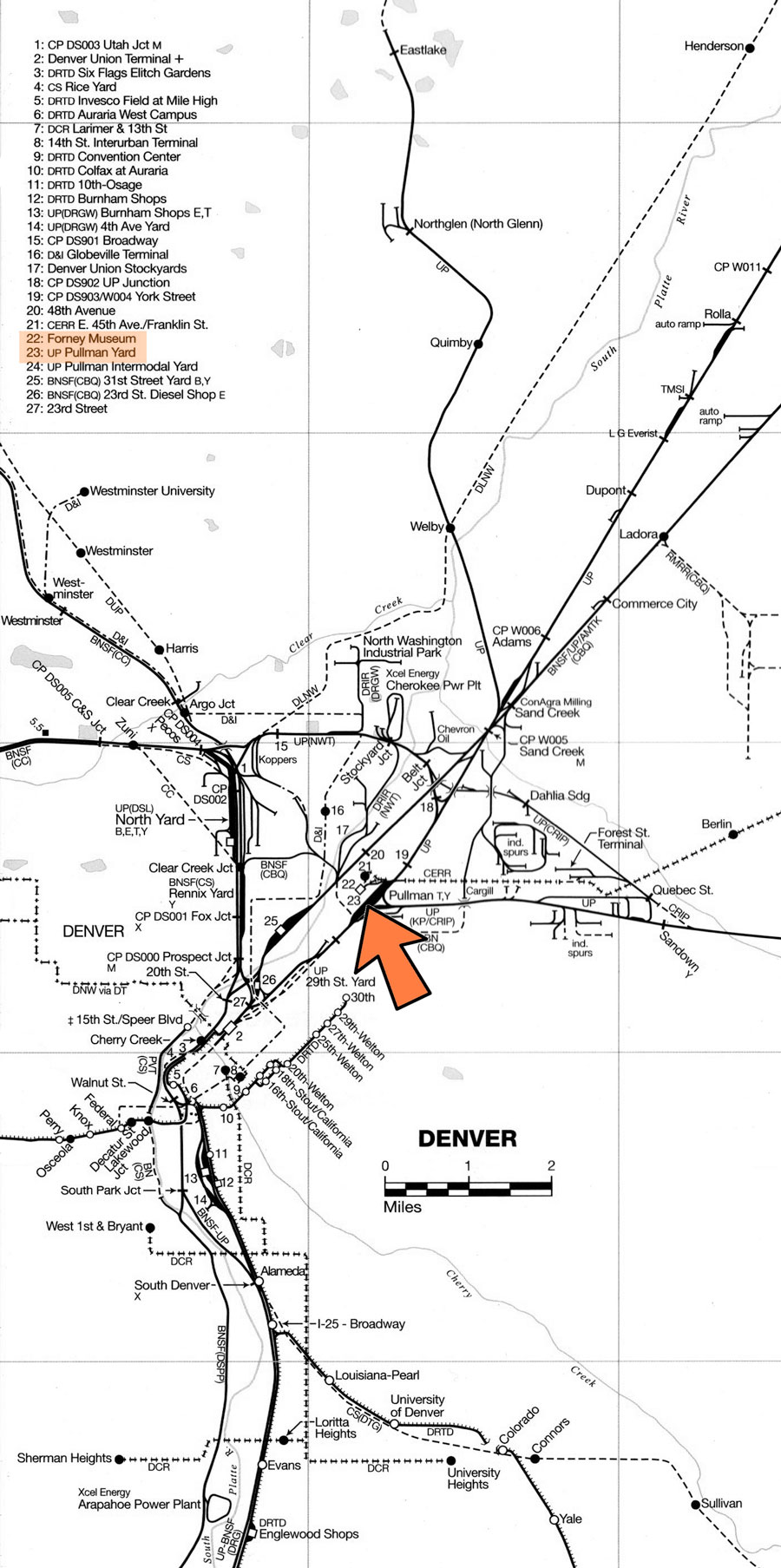
Denver railroad map / collection
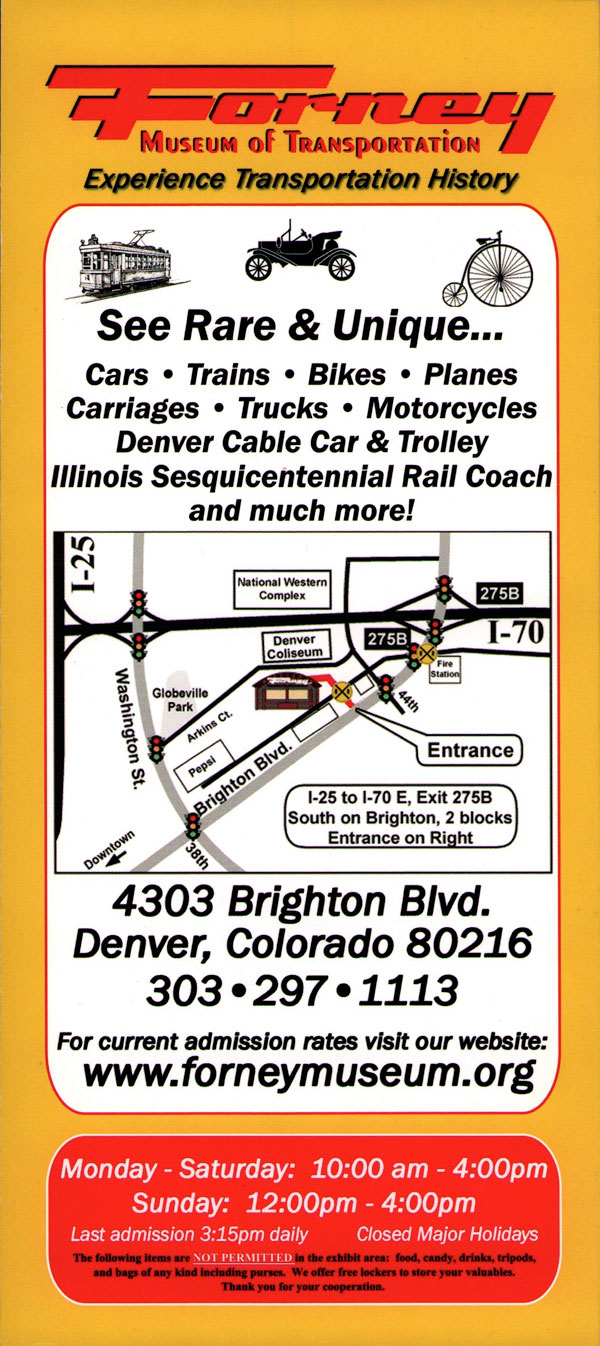
brochure / collection
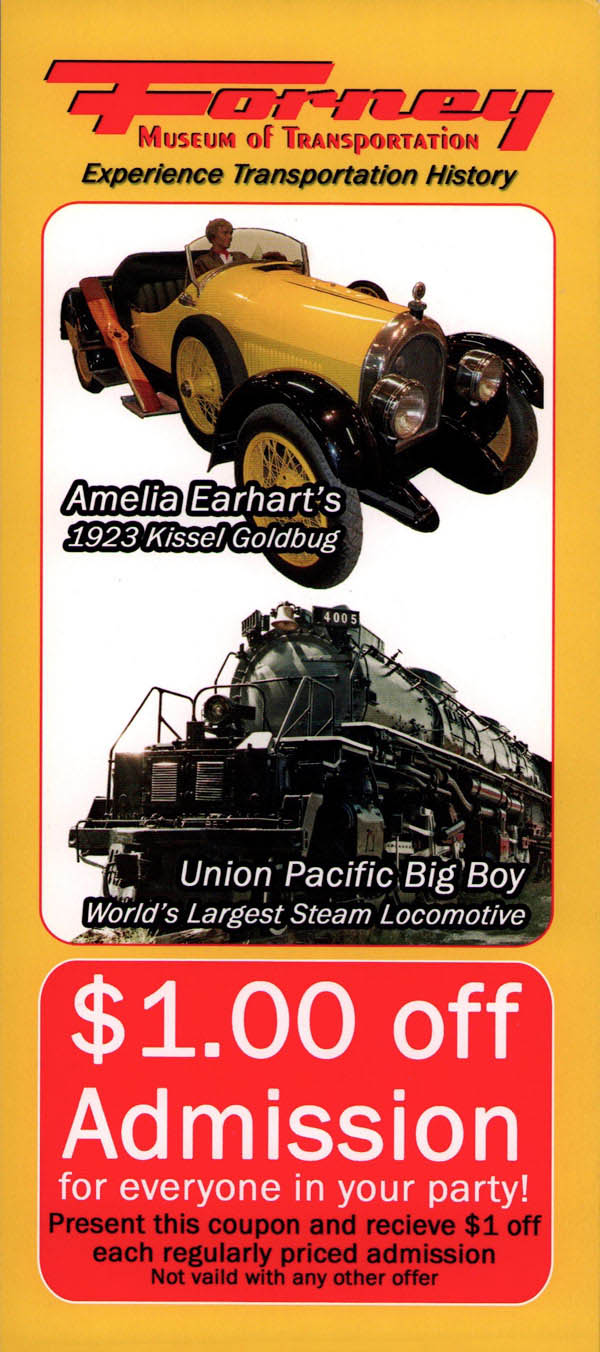
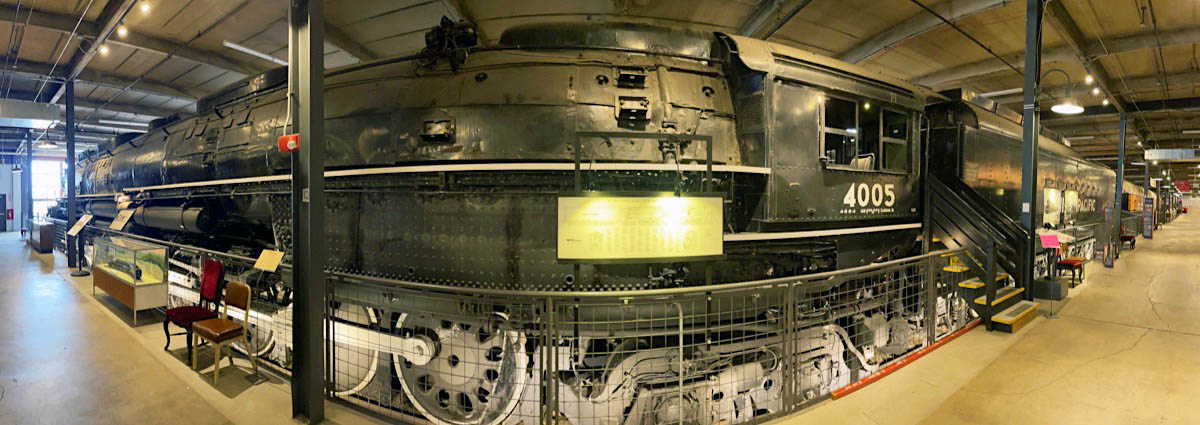
Denver, Co / May 2023 / RWH
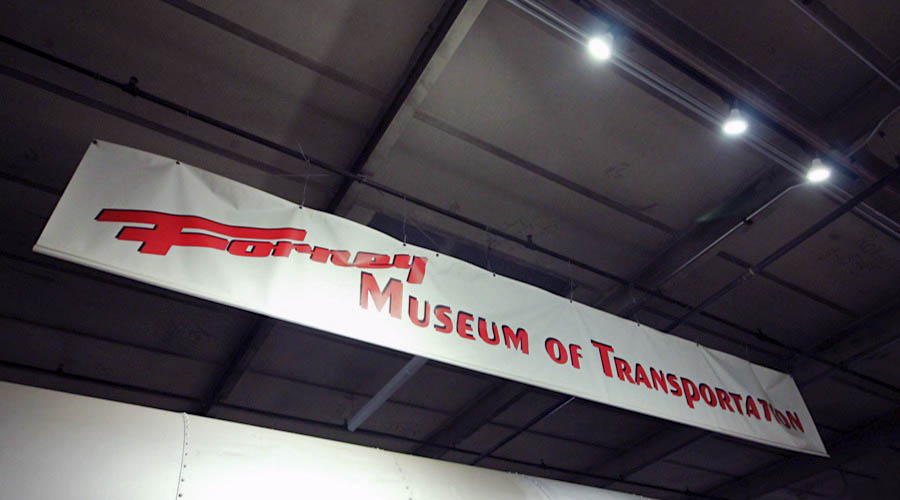
May 2023 / RWH
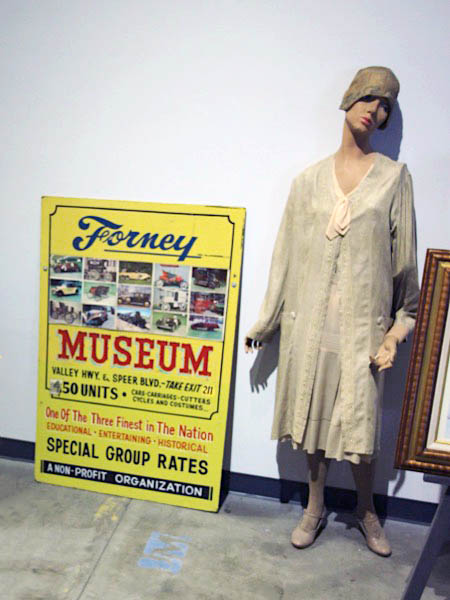
May 2023 / RWH
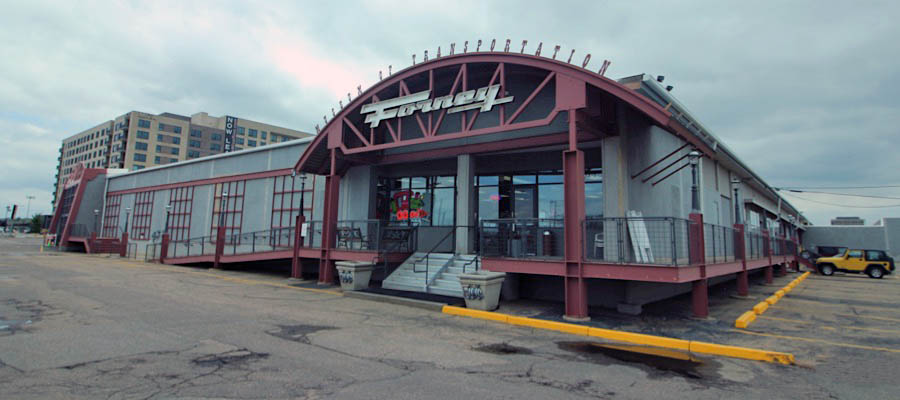
Denver, Co / May 2023 / RWH
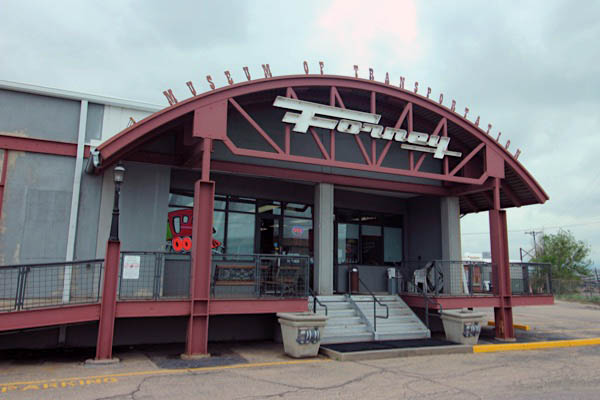
Denver, Co / May 2023 / RWH
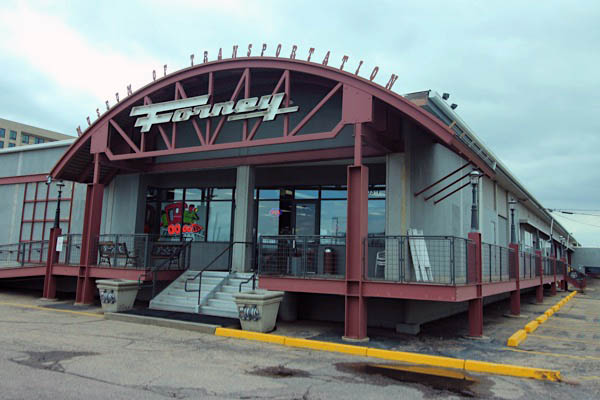
Denver, Co / May 2023 / RWH

May 2023 / RWH
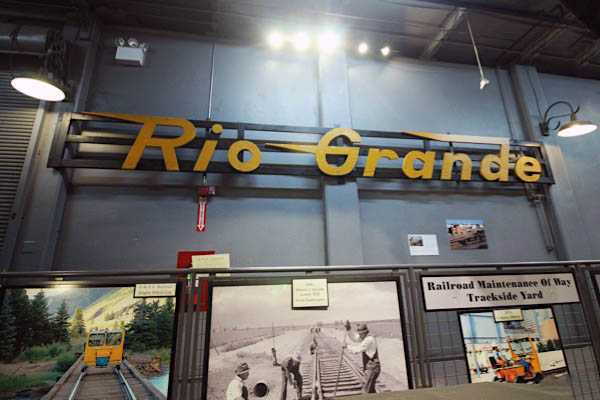
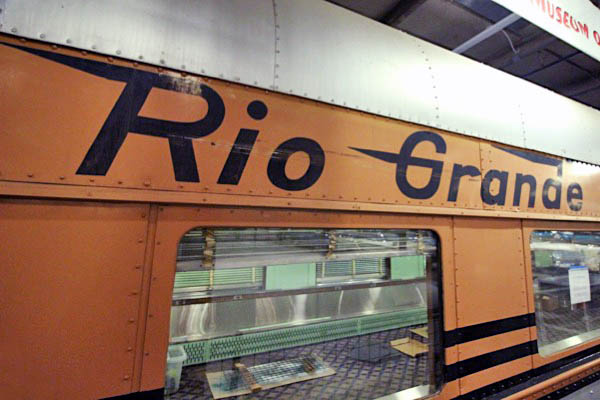
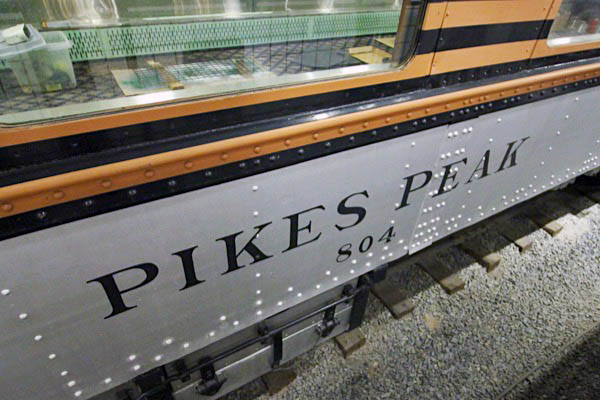

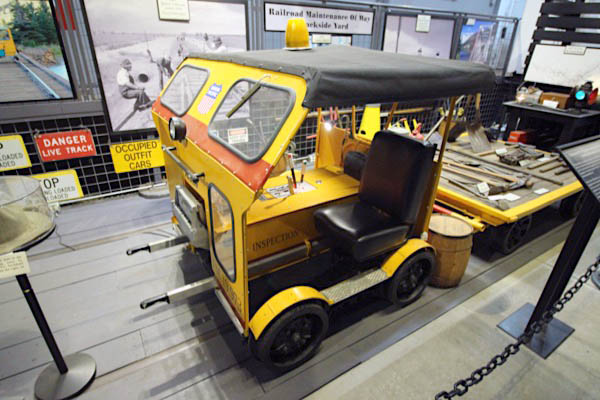
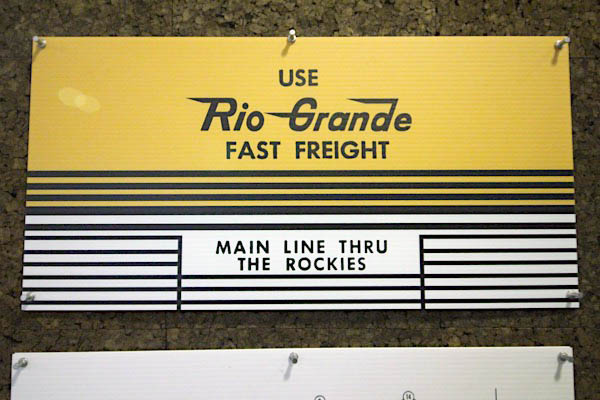
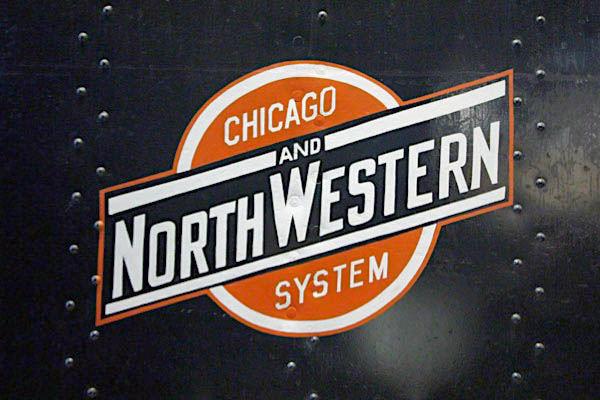

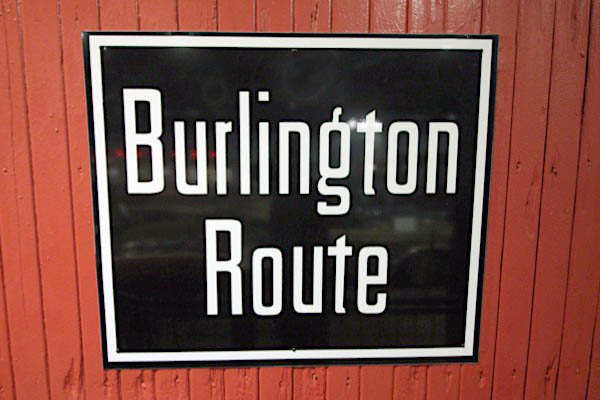
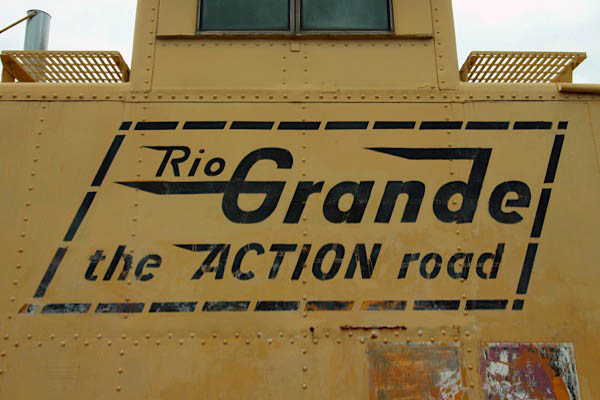
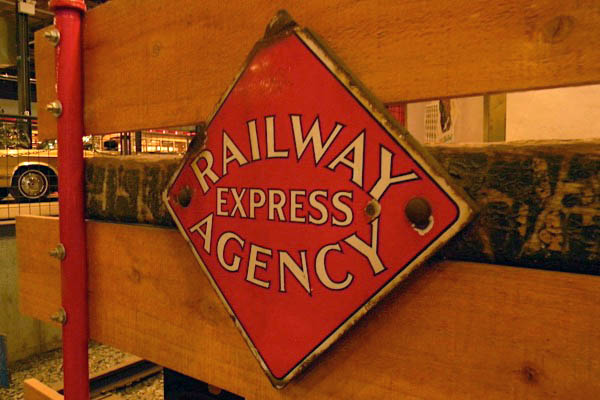
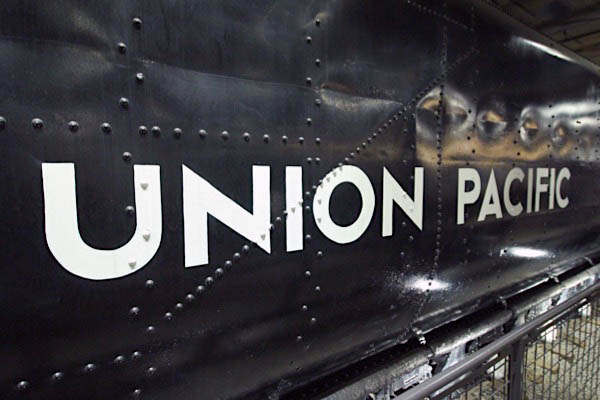
May 2023 / RWH
"Big Boy" #4005

 UNCOMMON or UNUSUAL locomotive
UNCOMMON or UNUSUAL locomotive
Union Pacific #4005


Union Pacific #4005
converted to oil, returned to coal
retired 1962, cosmetically restored
to Forney Museum of Transportation
1 of 8 surviving Big Boys on display
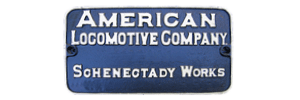

collection
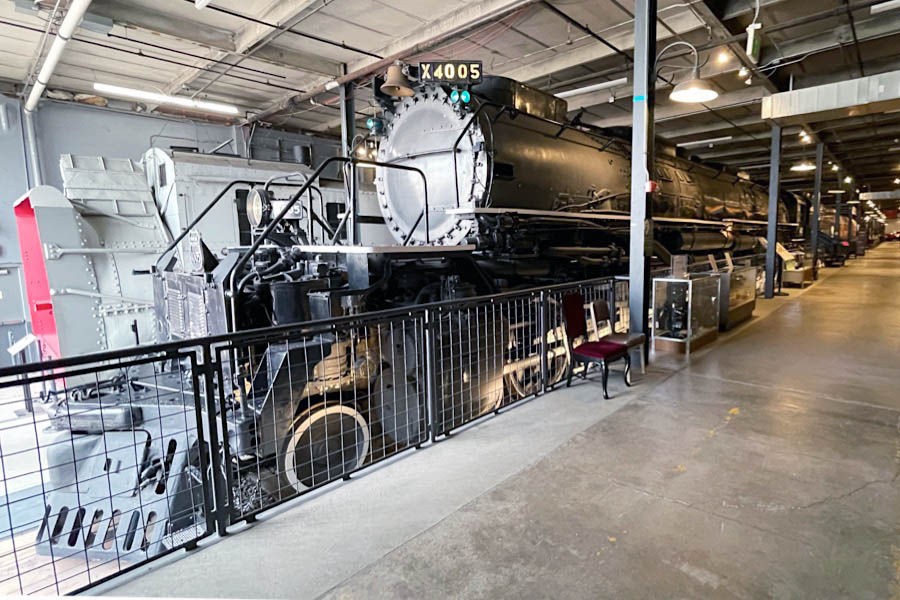
Denver, Co / May 2023 / RWH

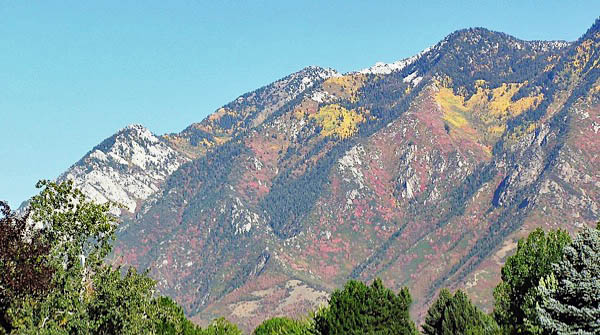
 ig Boys — sometimes referred to as “Titans of the Wahsatch” — were the epitome of steam engineering skills and were built for pure economic reasons: the ability to pull more tonnage at more miles per hour. The steep climb east of Ogden, Utah, over the Wahsatch, presented a challenge to all of the Union Pacific equipment. Union Pacific, always looking for bigger and better pulling power, envisioned a locomotive the size of a Big Boy to do the pulling — and the Big Boy did.
ig Boys — sometimes referred to as “Titans of the Wahsatch” — were the epitome of steam engineering skills and were built for pure economic reasons: the ability to pull more tonnage at more miles per hour. The steep climb east of Ogden, Utah, over the Wahsatch, presented a challenge to all of the Union Pacific equipment. Union Pacific, always looking for bigger and better pulling power, envisioned a locomotive the size of a Big Boy to do the pulling — and the Big Boy did.
Al Frank / Forney Museum of Transportation
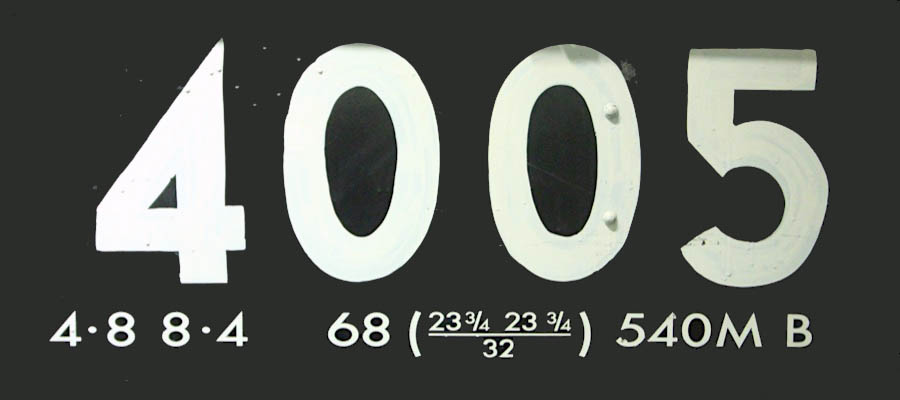
May 2023 / RWH

postcard / collection
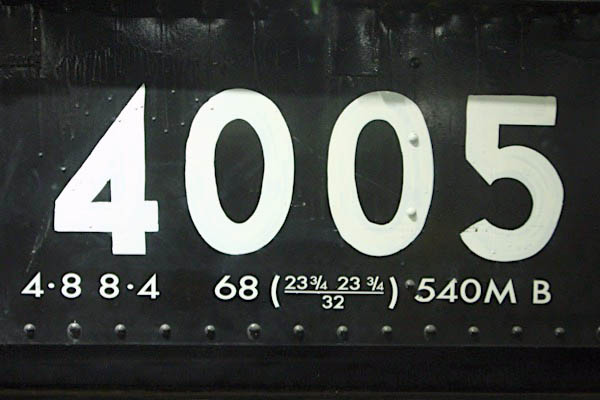
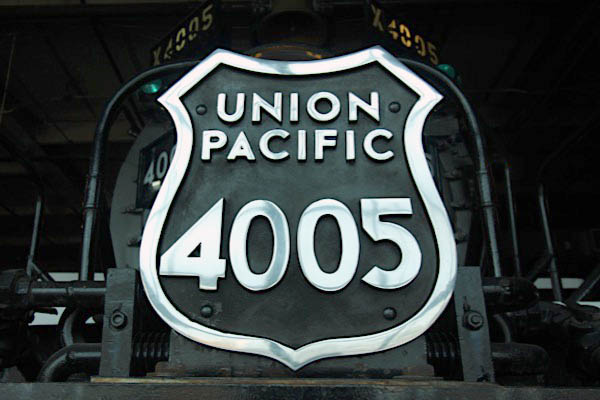
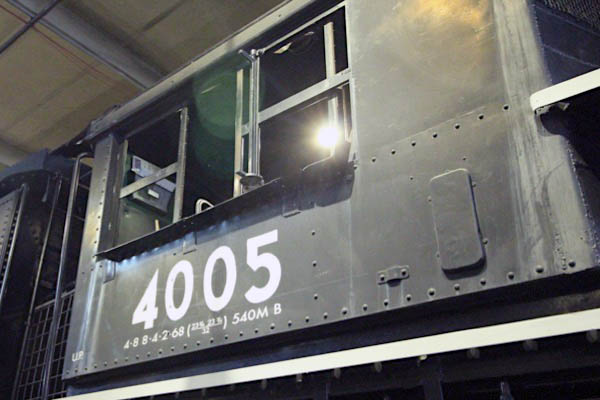
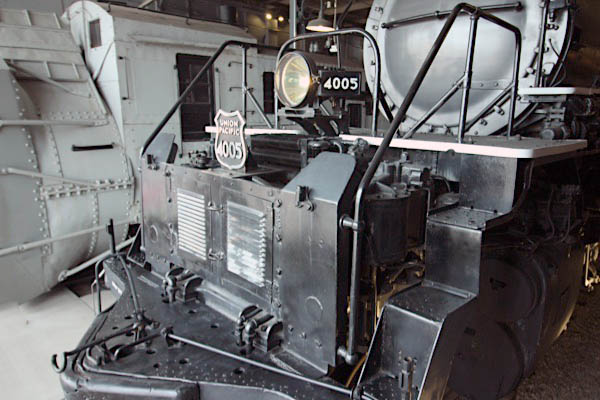



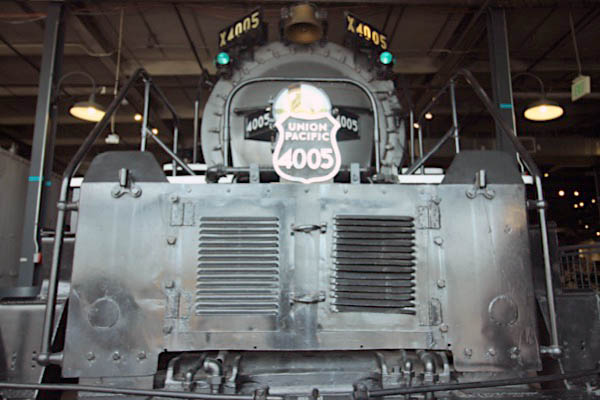
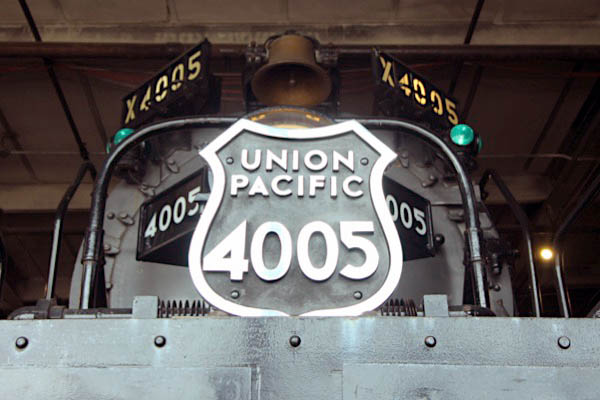
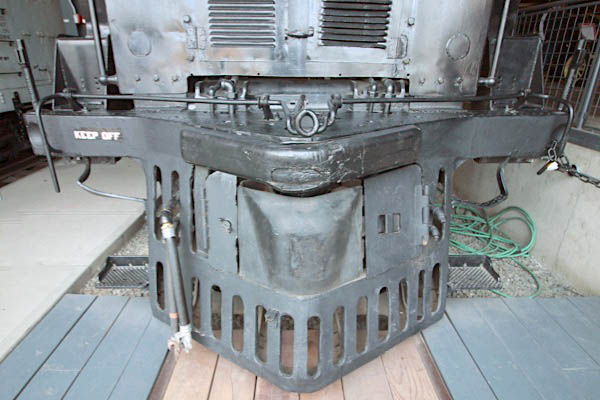
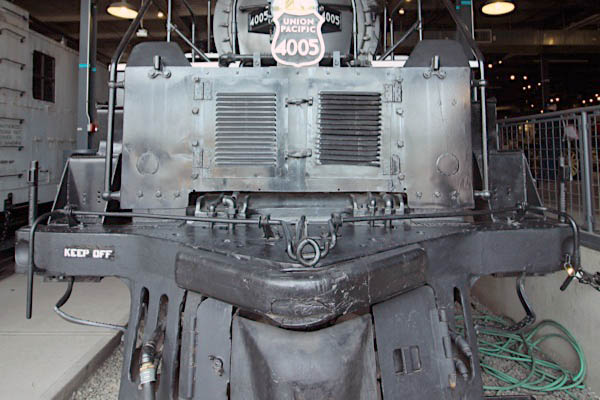
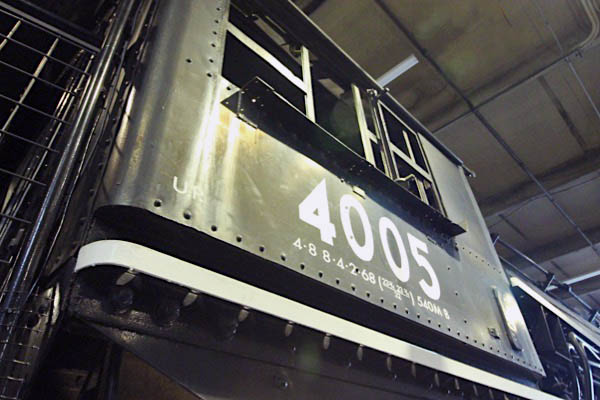
May 2023 / RWH
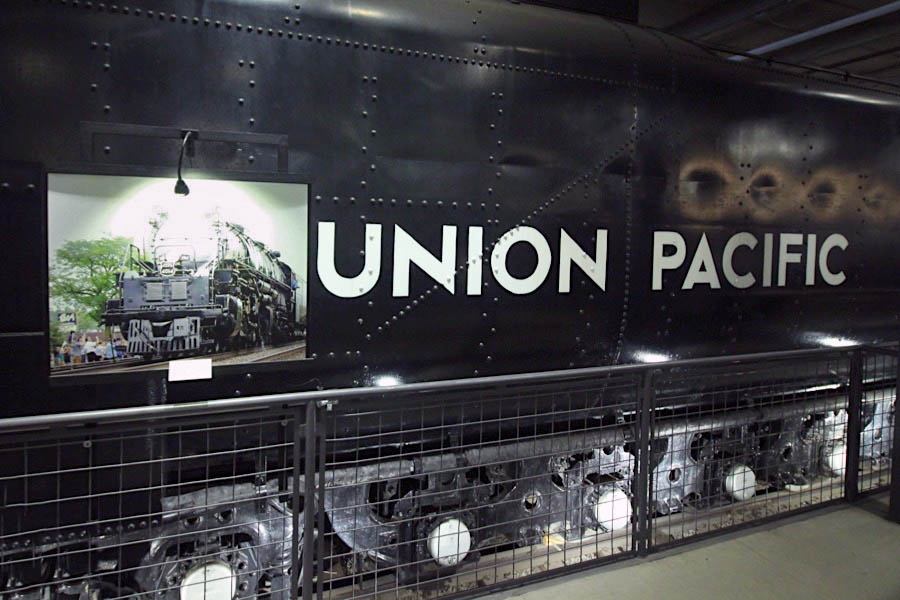
May 2023 / RWH
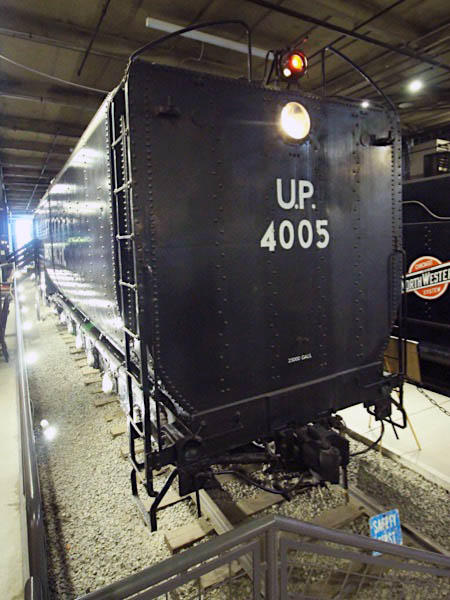
May 2023 / RWH
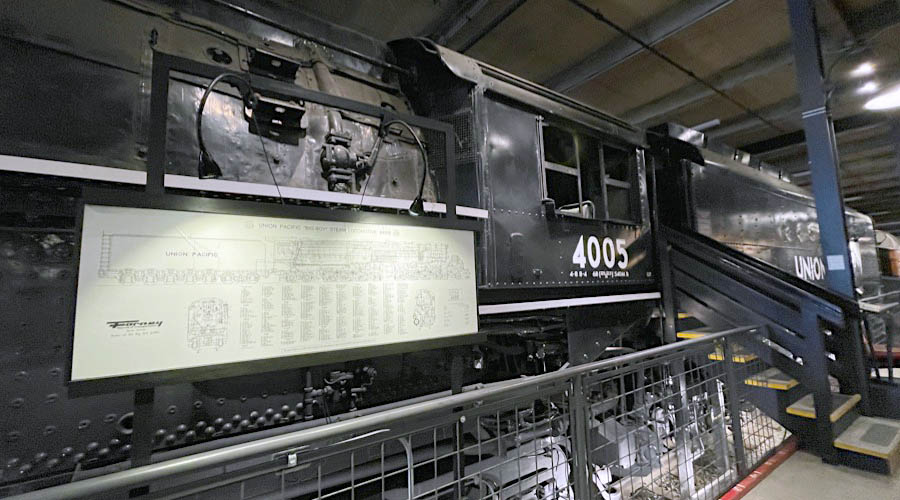
May 2023 / RWH
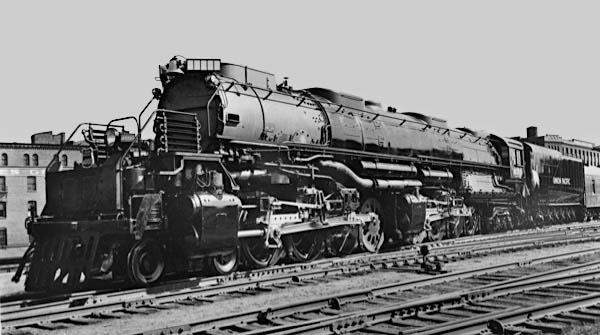 The 4-8-8-4 class series, originally rumored to be called the "Wasatch", after the Wasatch Mountains, acquired its nickname after an unknown ALCO worker scrawled "Big Boy" in chalk on the front of No. 4000's smokebox door, then under construction as the first of its class.
The 4-8-8-4 class series, originally rumored to be called the "Wasatch", after the Wasatch Mountains, acquired its nickname after an unknown ALCO worker scrawled "Big Boy" in chalk on the front of No. 4000's smokebox door, then under construction as the first of its class.
The Big Boys were articulated, like the Mallet locomotive design, although lacking the compounding of the Mallet. They were built with a wide margin of reliability and safety, and normally operated well below 60 miles per hour in freight service. Peak drawbar horsepower was reached at about 41 mph. The maximum drawbar pull measured during 1943 tests was 138,200 lbf while starting a train.
The Big Boy has the longest engine body of any reciprocating steam locomotive, longer than two 40-foot buses. They were also the heaviest reciprocating steam locomotives ever built; the combined weight of the 772,250 lb engine and 436,500 lb (198,000 kg) tender outweighed a Boeing 747.
The locomotives were held in high regard by crews, who found them sure-footed and more “user friendly” than other motive power. They were capable machines, and their rated hauling tonnage was increased several times over the years. But postwar increases in the price of coal and labor, along with the advent of efficient, cost-effective diesel-electric power, spelled the end of their operational lives. Nonetheless, they were among the last steam locomotives withdrawn from service on the Union Pacific. The last revenue train hauled by a Big Boy ended its run early in the morning on July 21, 1959.
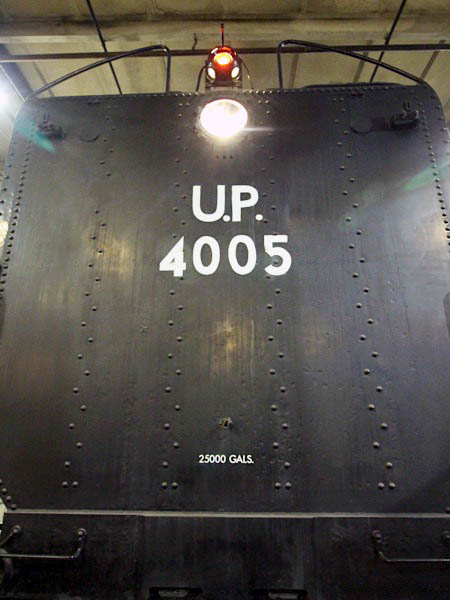
May 2023 / RWH
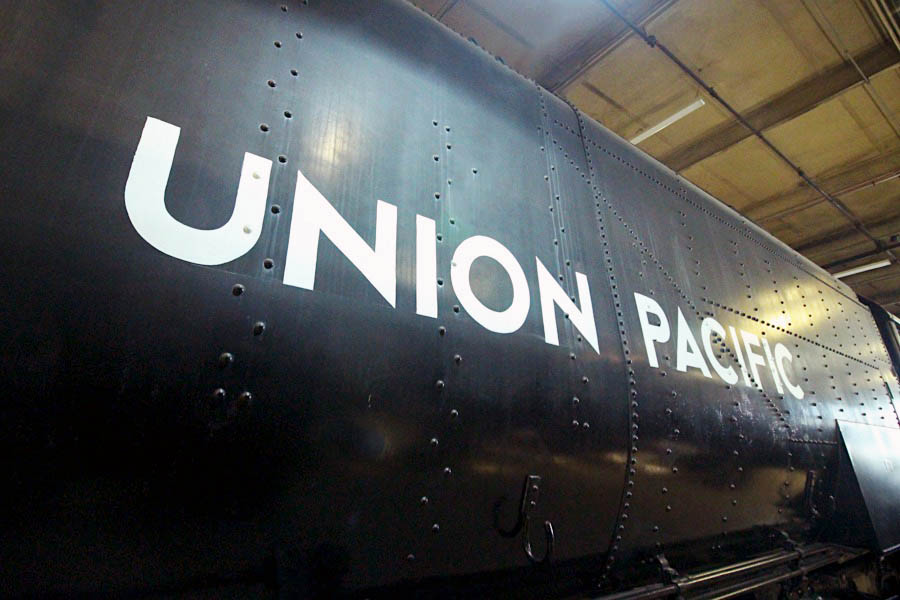
May 2023 / RWH

postcard / collection
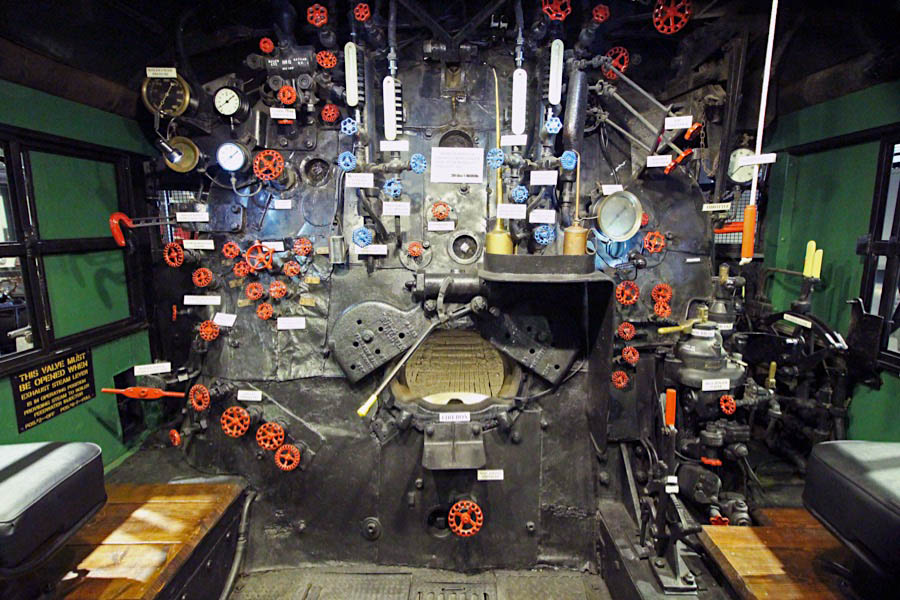
May 2023 / RWH
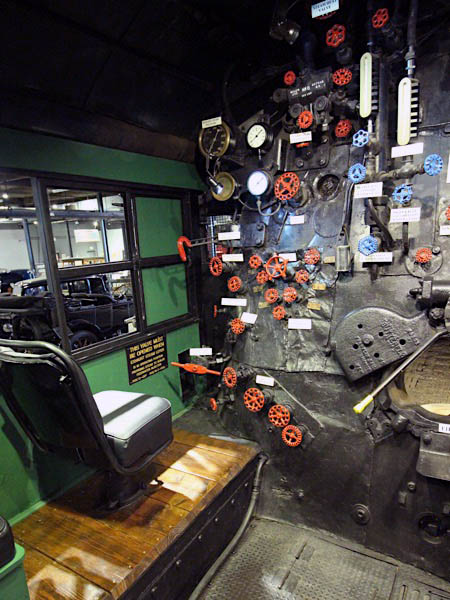
May 2023 / RWH

May 2023 / RWH
GP30 #3006
Denver & Rio Grande Western #3006


Denver & Rio Grande Western #3006
1 of 28 in DRGW order 7619
to Marcus Rail, Denver CO
to Forney Museum of Transportation

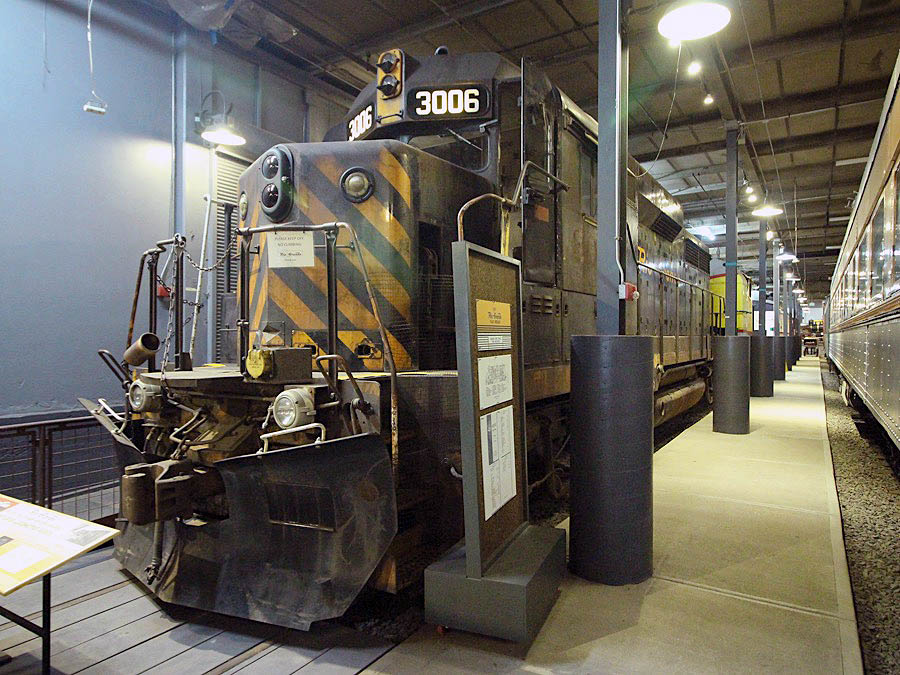
Denver, Co / May 2023 / RWH
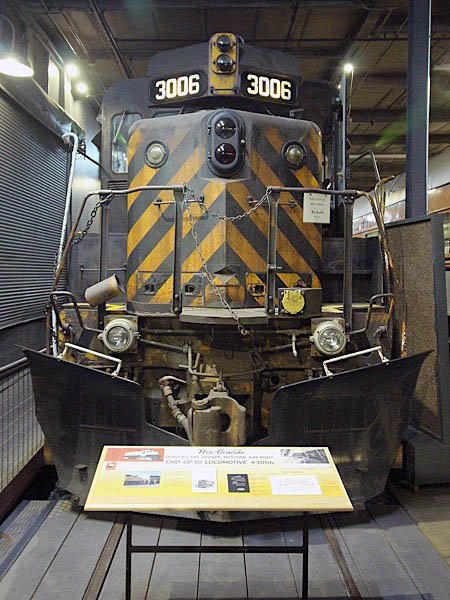
May 2023 / RWH
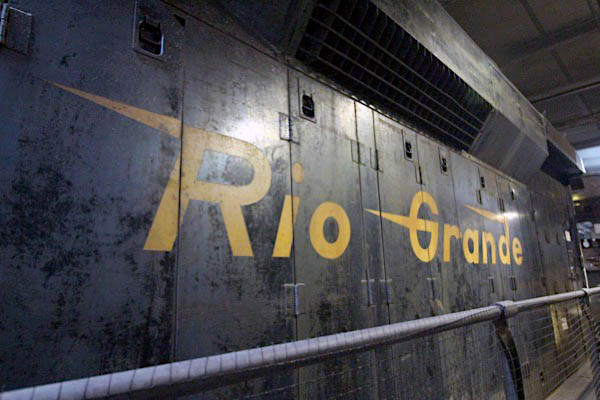
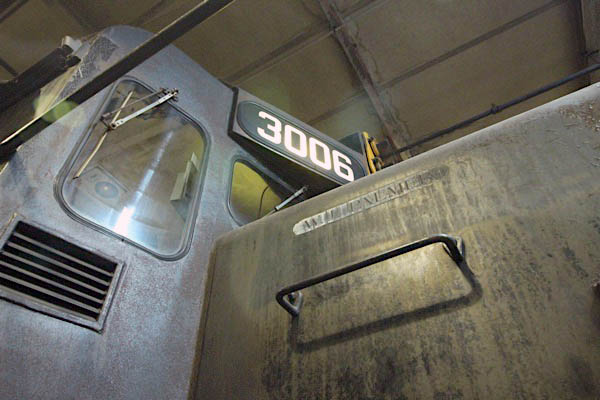
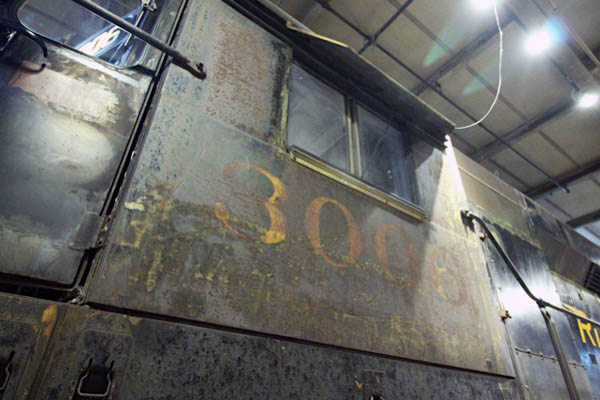
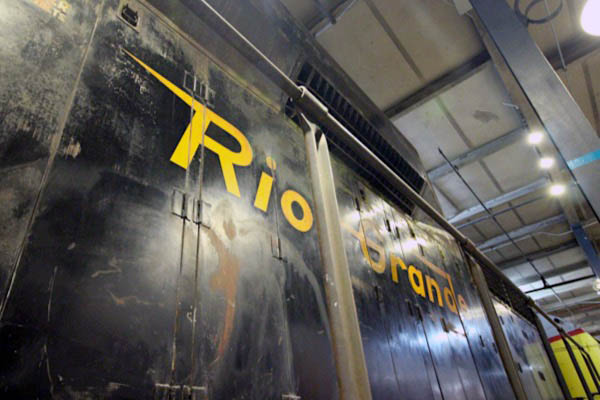
May 2023 / RWH
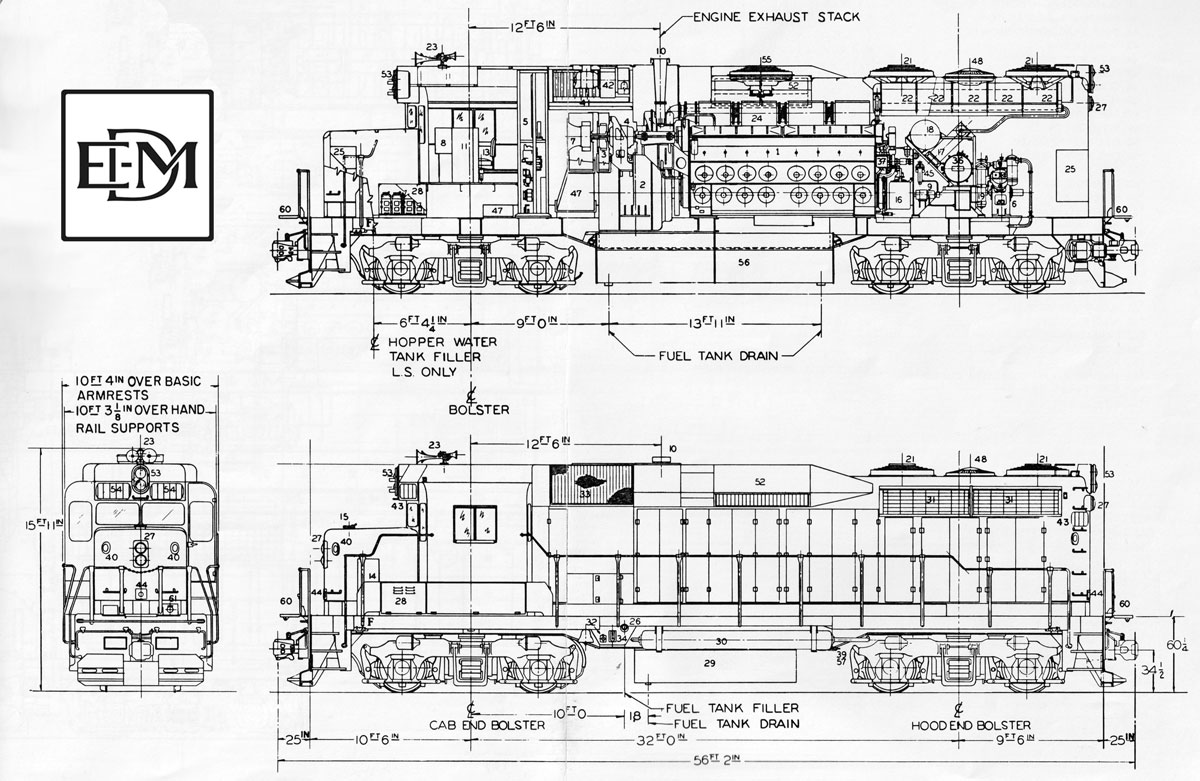
collection
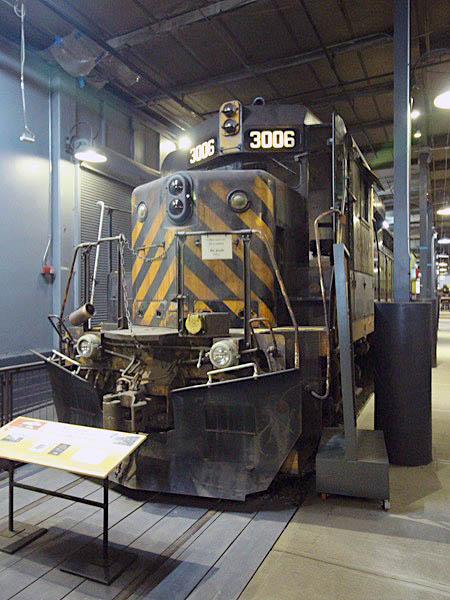
May 2023 / RWH
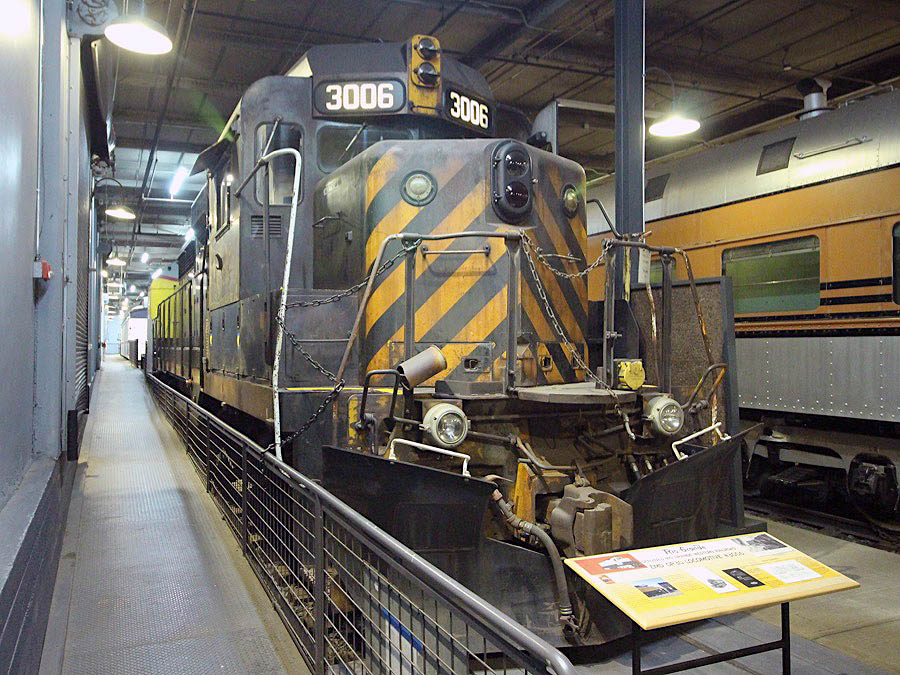
Denver, Co / May 2023 / RWH
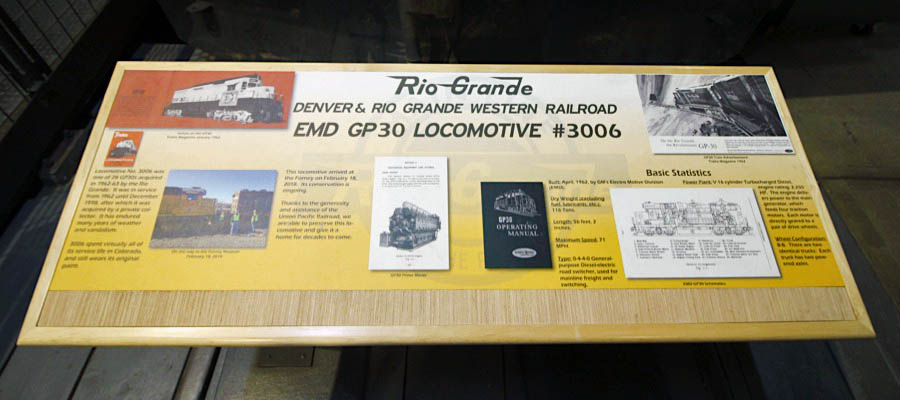
May 2023 / RWH

May 2023 / RWH
Henschel #7
C. Nielsen, Tubis-Bege #7
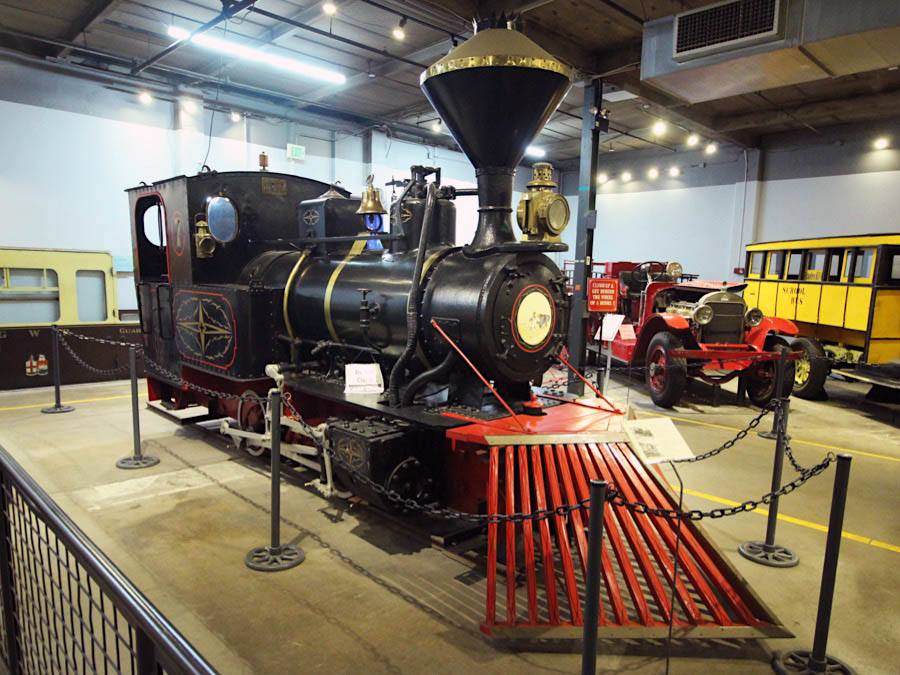
C. Nielsen, Tubis-Bege #7
Denver, Co / May 2023 / RWH


C. Nielsen, Tubis-Bege #7
to Forney Industries Museum
to Forney Museum of Transportation

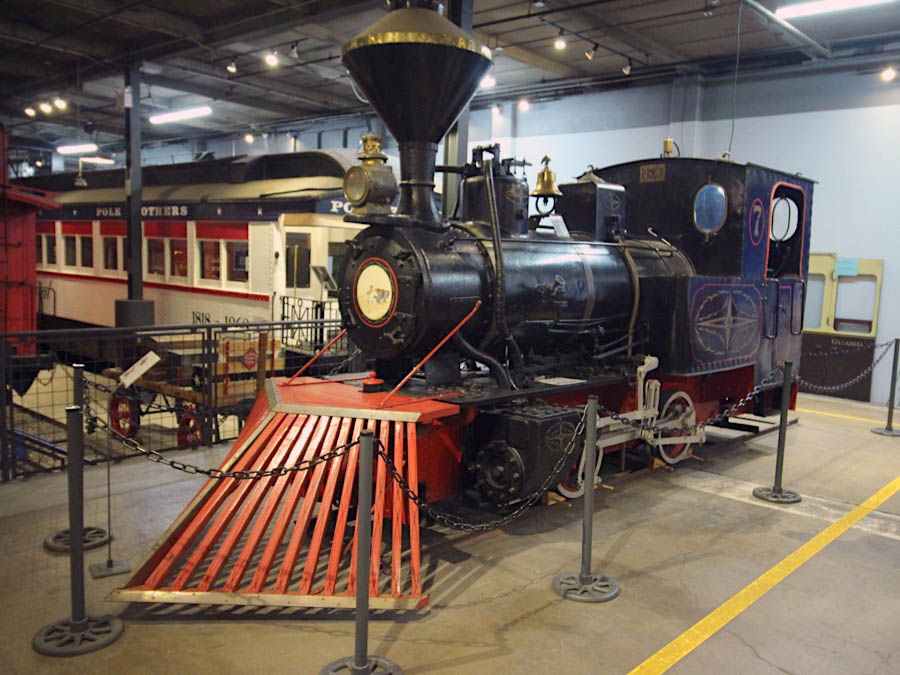
Denver, Co / May 2023 / RWH
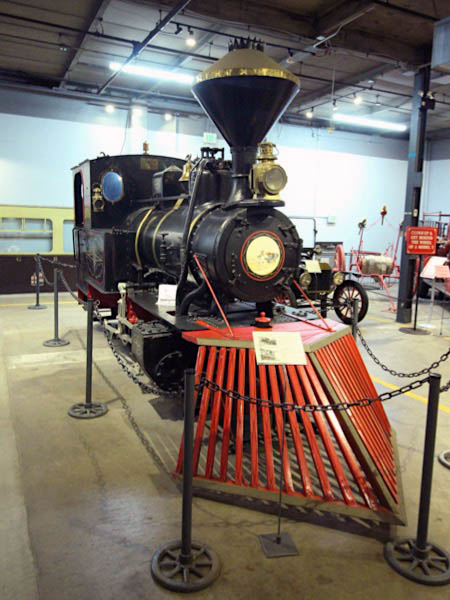
May 2023 / RWH

May 2023 / RWH
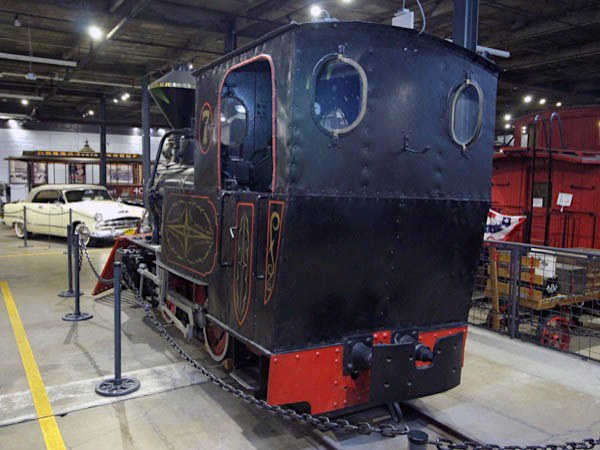
May 2023 / RWH
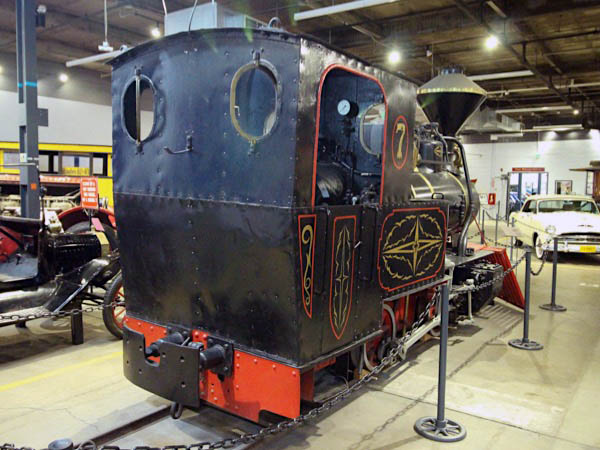
May 2023 / RWH


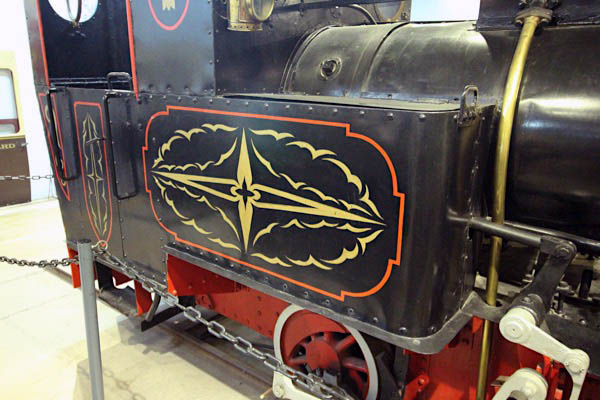

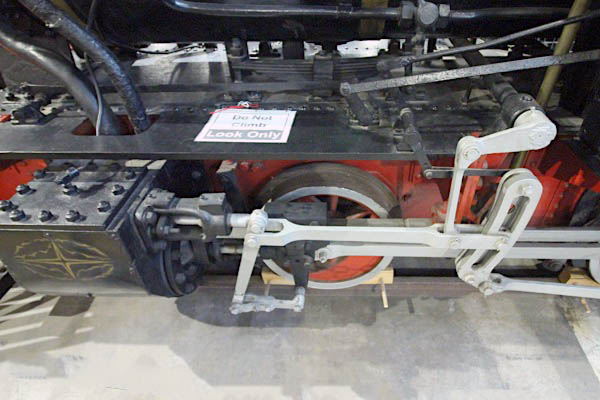
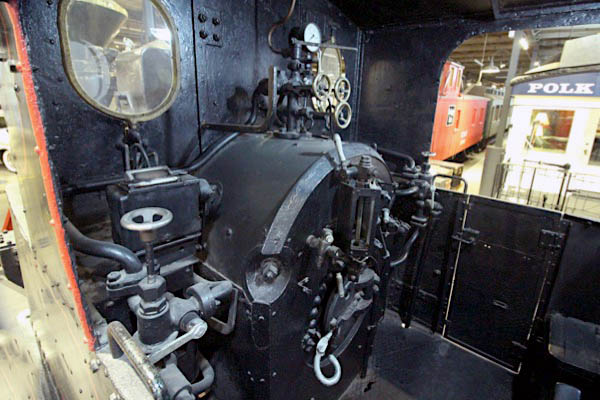
May 2023 / RWH
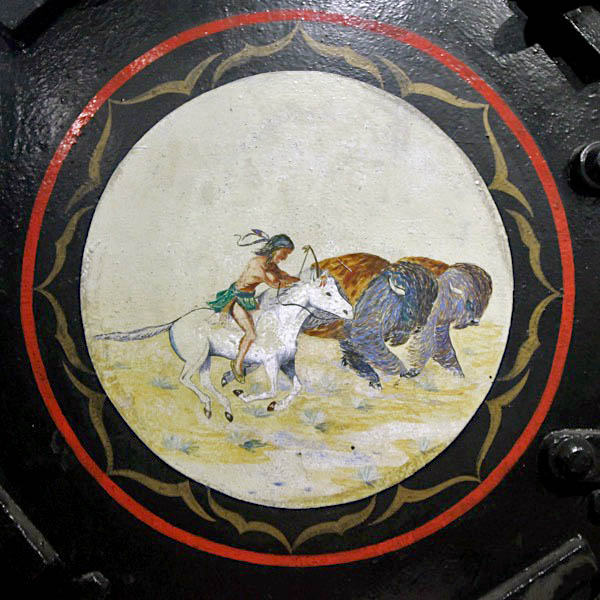
May 2023 / RWH
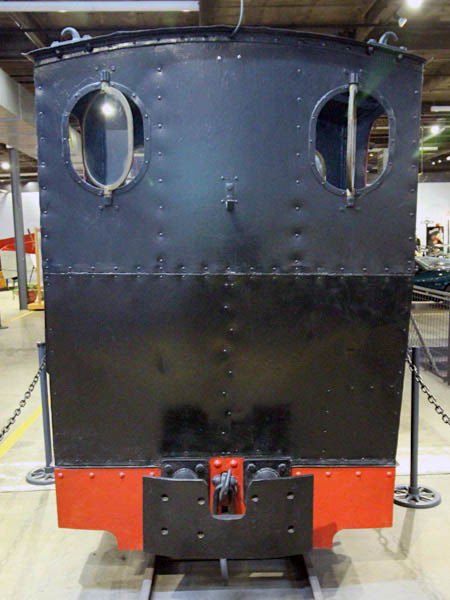
May 2023 / RWH
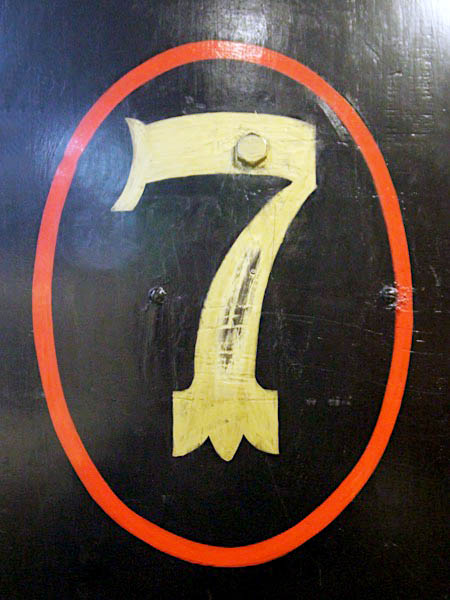
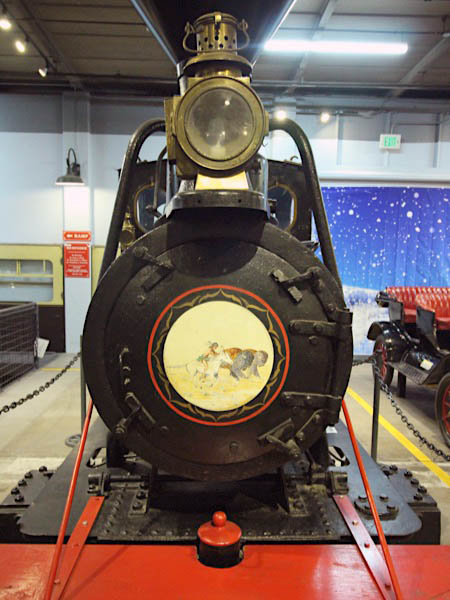
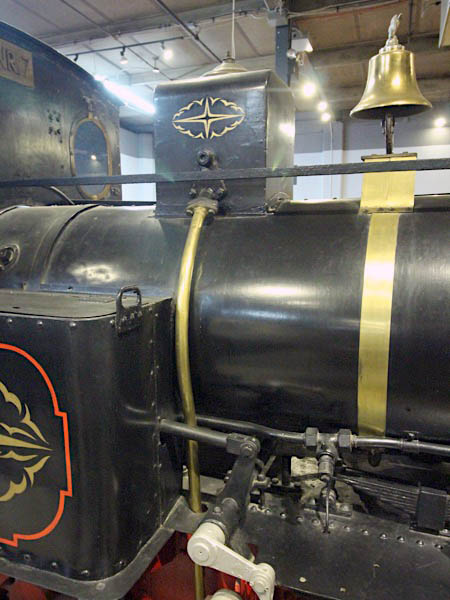
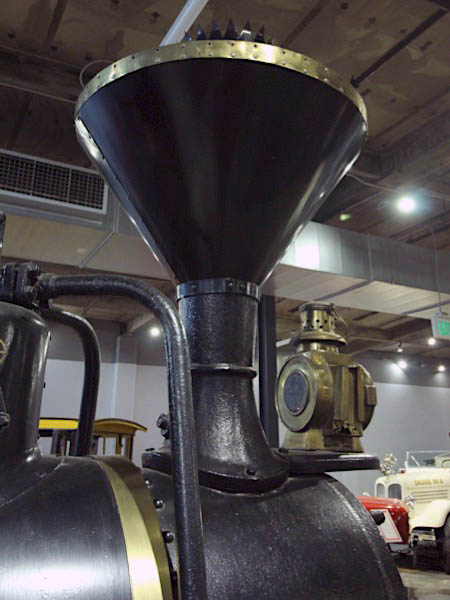
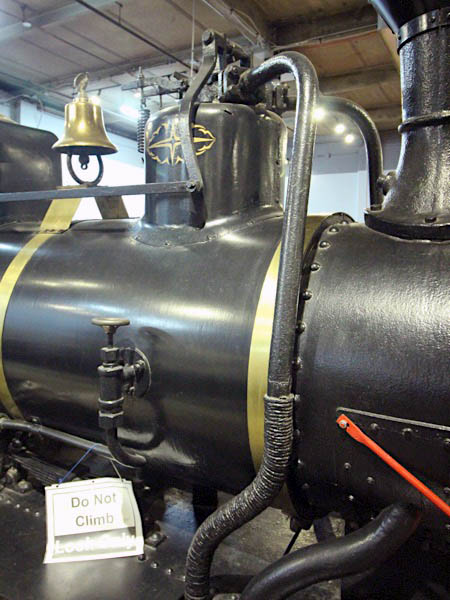
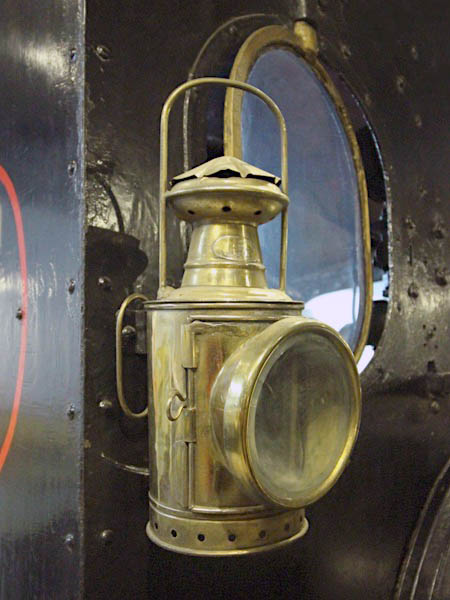
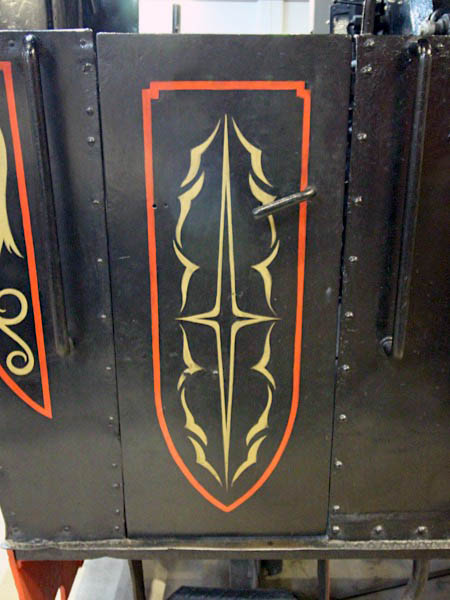
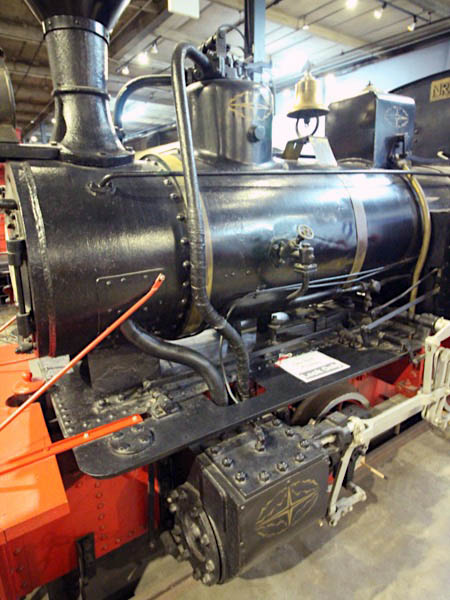
May 2023 / RWH
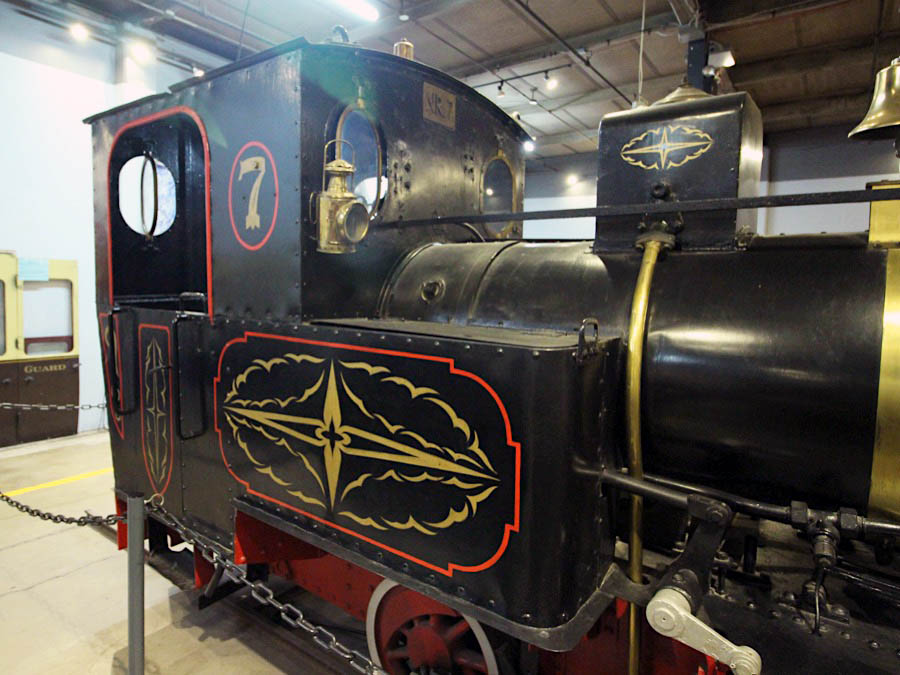
Denver, Co / May 2023 / RWH
Forney #108
Cora-Texas Plantation #1
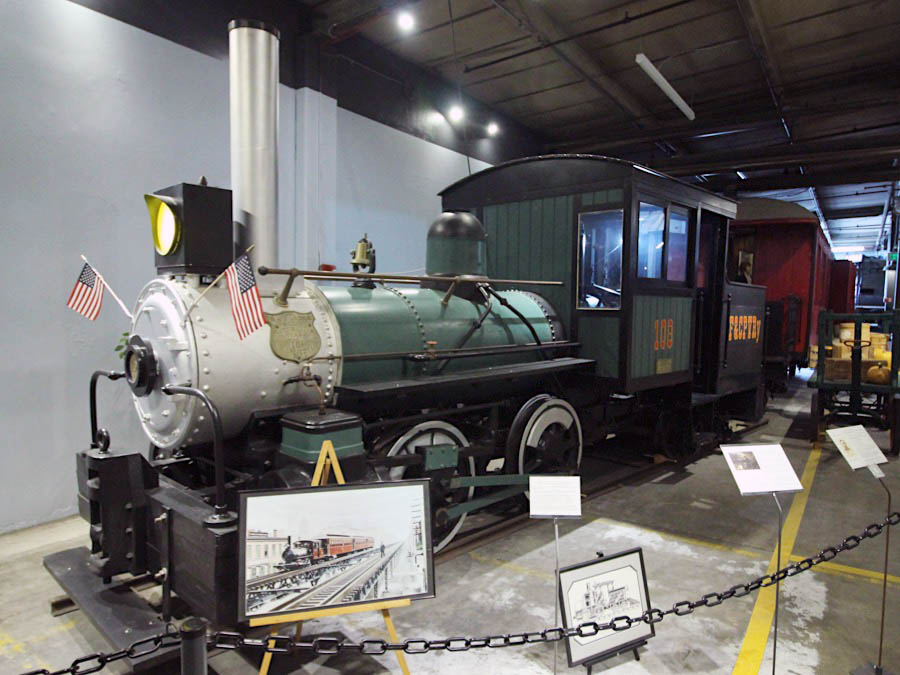
Cora-Texas Plantation #1
Denver, Co / May 2023 / RWH


Cora-Texas Plantation #1
to Union Plantation #1
to Cora-Texas Plantation #1
to private ownership
to Illinois Railway Museum
to Forney Museum of Transportation

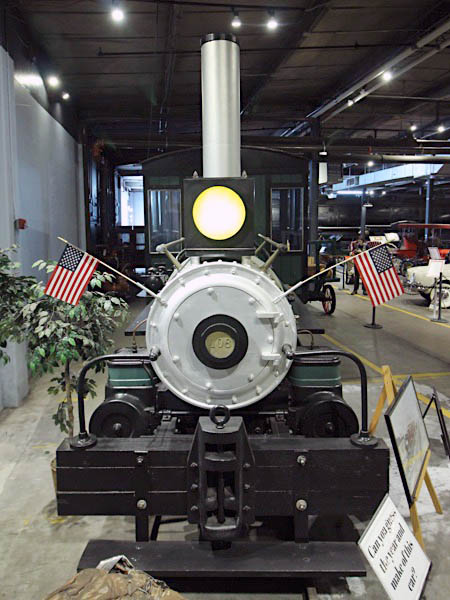
May 2023 / RWH
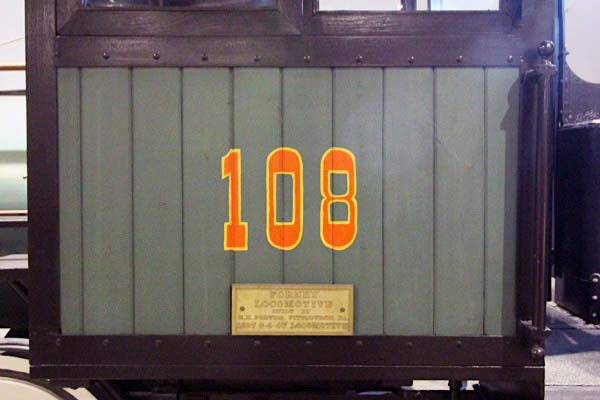
May 2023 / RWH

May 2023 / RWH

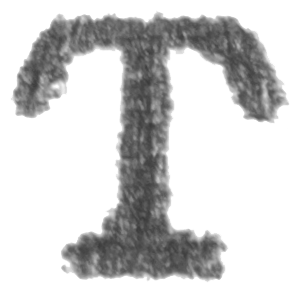 he FORNEY tank type locomotive was designed and patented by Matthias Nace Forney. This type engine was built by several manufacturers of locomotives. This engine was built by Porter in Pittsburgh, Pennsylvania in 1897. The extensive use of this type engine was on elevated railways such as the New York Elevated Railway, Brooklyn Elevated, and the Chicago Elevated. Matthias Nace Forney (March 28, 1835 — January 14, 1908) was an American steam locomotive designer and builder. He is most well known for the design of the Forney type locomotive. One example of a Forney 0-4-4T locomotive built in 1902 by Baldwin Locomotive Works has been restored for daily operations on the Disneyland Railroad in Anaheim, California, as the railroad's number 5, Ward Kimball.
he FORNEY tank type locomotive was designed and patented by Matthias Nace Forney. This type engine was built by several manufacturers of locomotives. This engine was built by Porter in Pittsburgh, Pennsylvania in 1897. The extensive use of this type engine was on elevated railways such as the New York Elevated Railway, Brooklyn Elevated, and the Chicago Elevated. Matthias Nace Forney (March 28, 1835 — January 14, 1908) was an American steam locomotive designer and builder. He is most well known for the design of the Forney type locomotive. One example of a Forney 0-4-4T locomotive built in 1902 by Baldwin Locomotive Works has been restored for daily operations on the Disneyland Railroad in Anaheim, California, as the railroad's number 5, Ward Kimball.

May 2023 / RWH
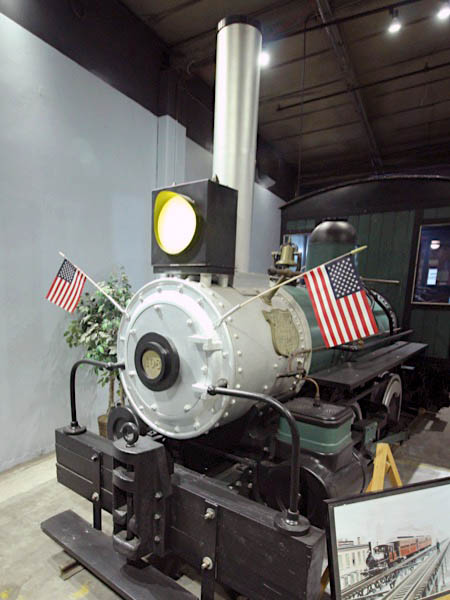
May 2023 / RWH

Denver, Co / May 2023 / RWH
Cabooses
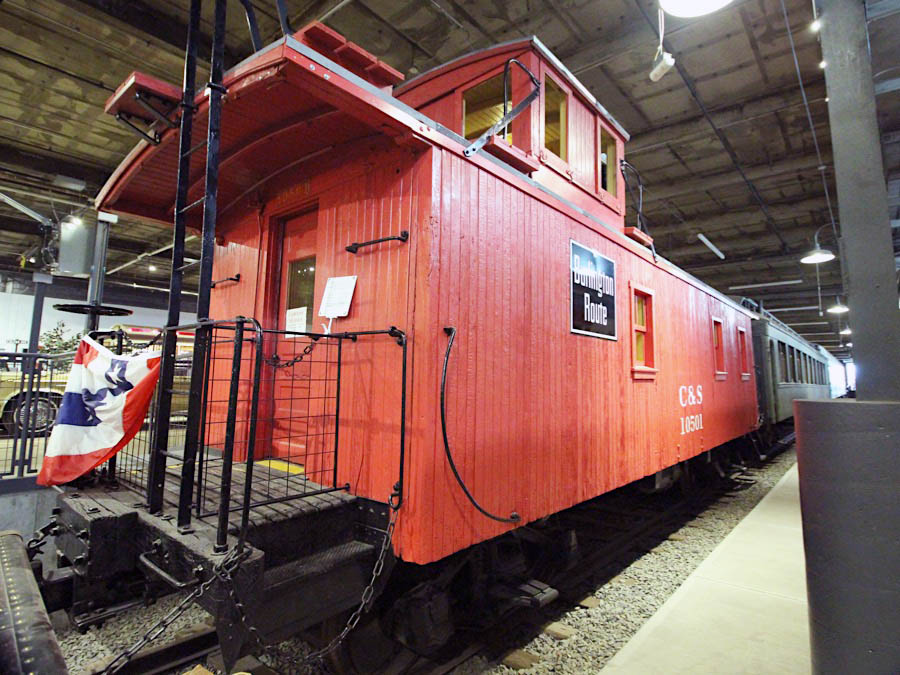
Colorado & Southern #10501
Denver, Co / May 2023 / RWH

May 2023 / RWH

May 2023 / RWH

Denver, Co / May 2023 / RWH
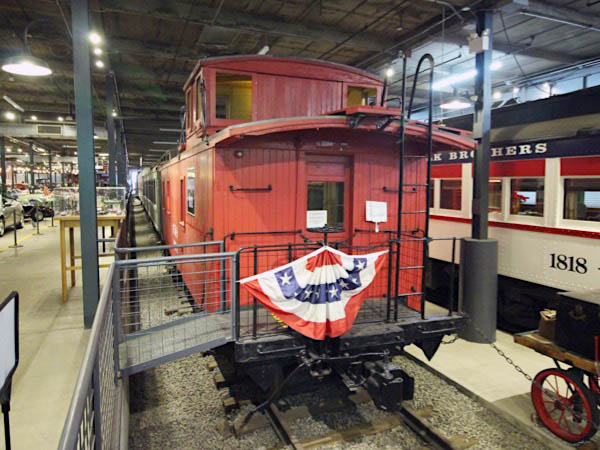
Denver, Co / May 2023 / RWH
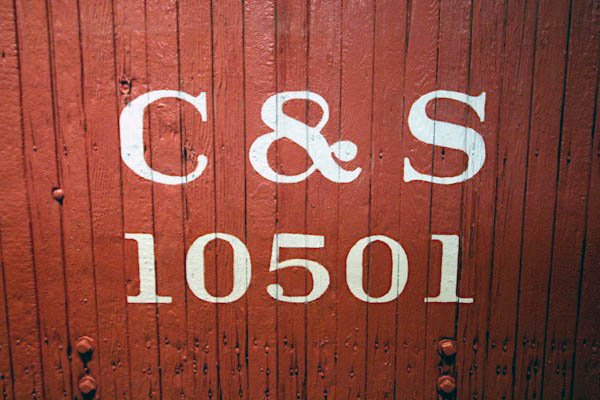

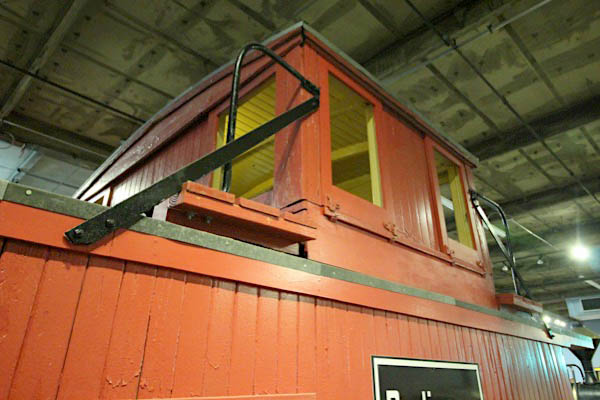


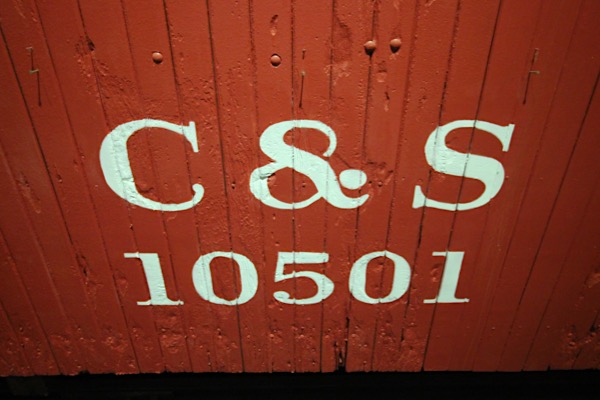
May 2023 / RWH
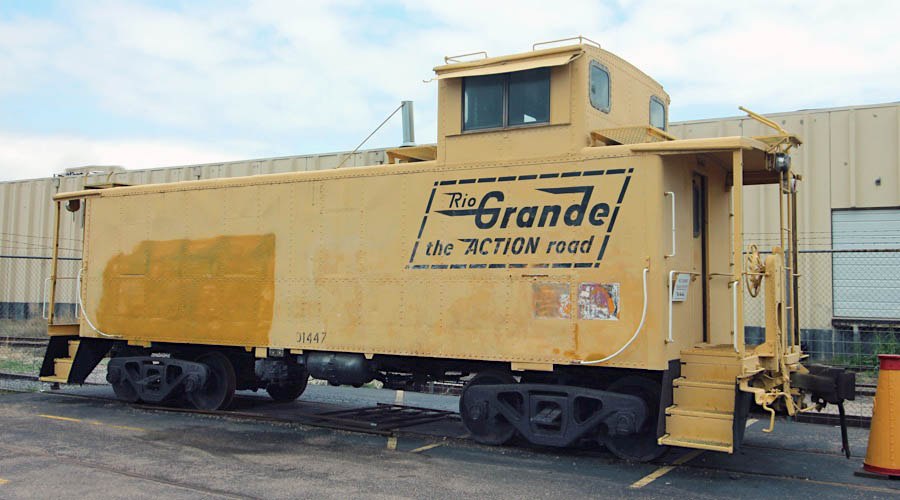
Denver & Rio Grande Western #01447
Denver, Co / May 2023 / RWH
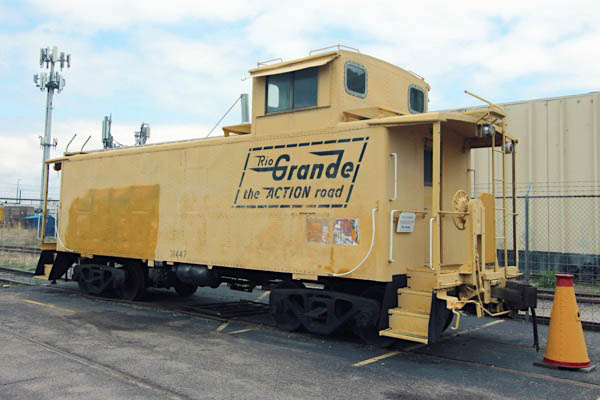
Denver, Co / May 2023 / RWH
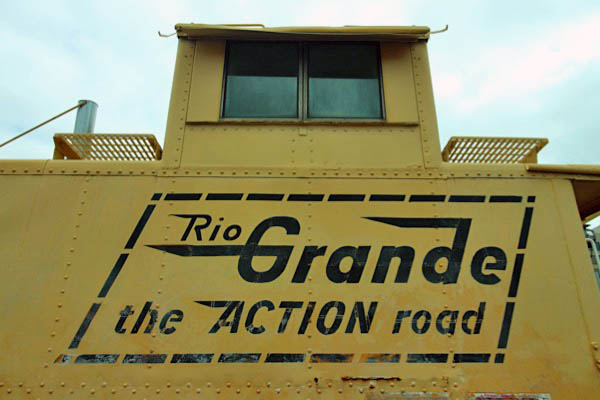
May 2023 / RWH
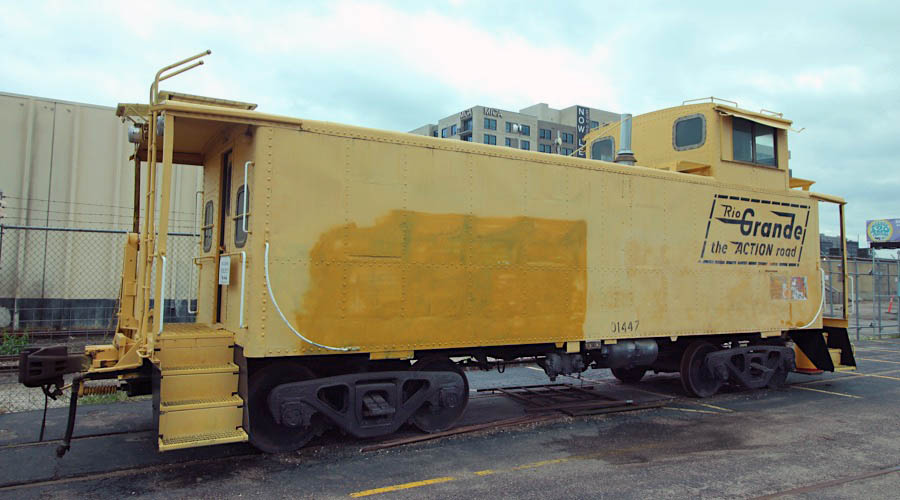
Denver, Co / May 2023 / RWH
Cable Car
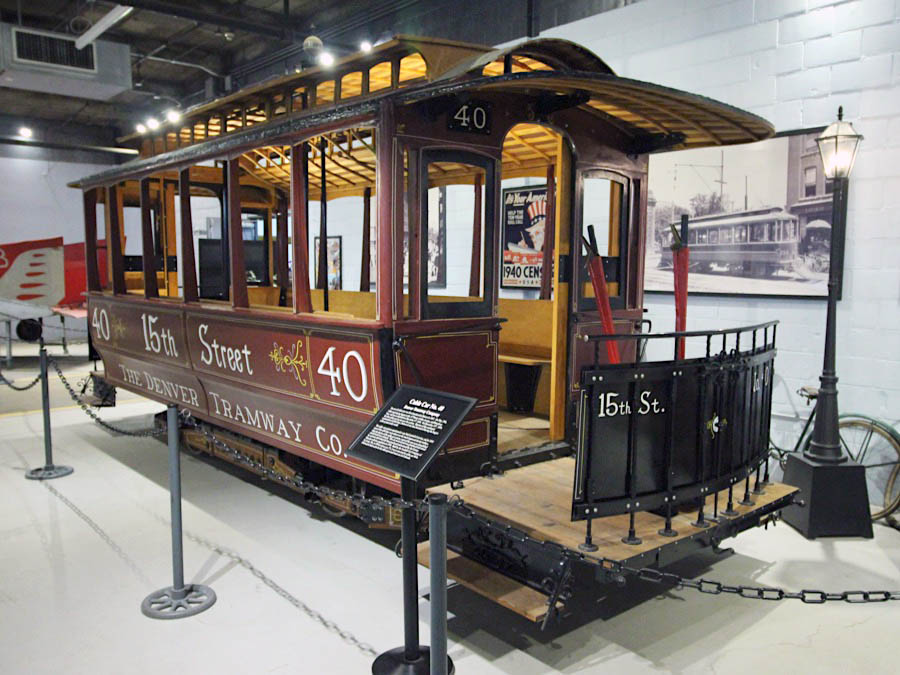
Denver Tramway Company #40
Laclede cable car (1889) / Denver, Co / May 2023 / RWH
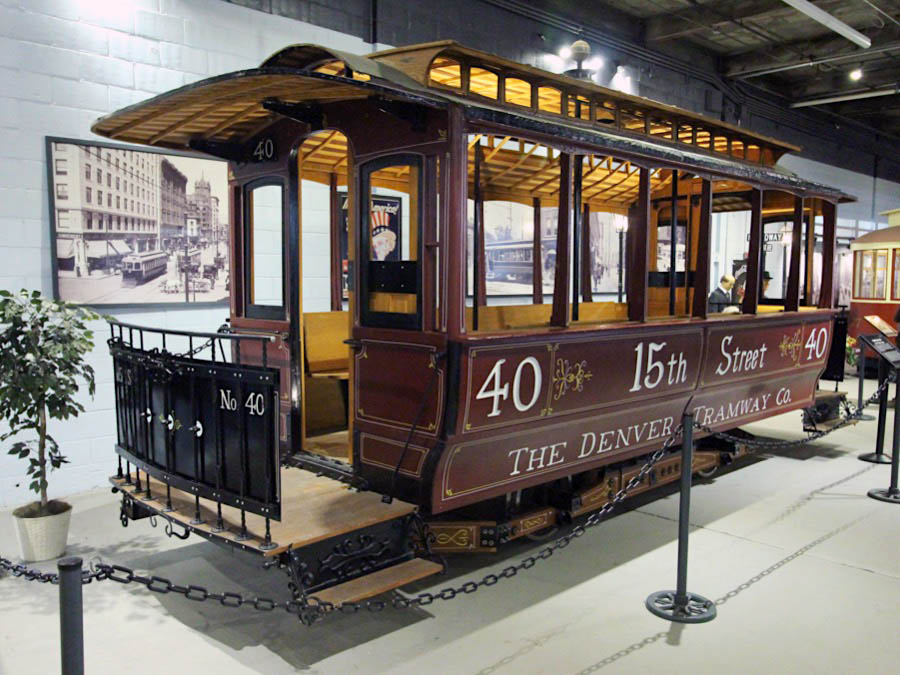
Denver, Co / May 2023 / RWH
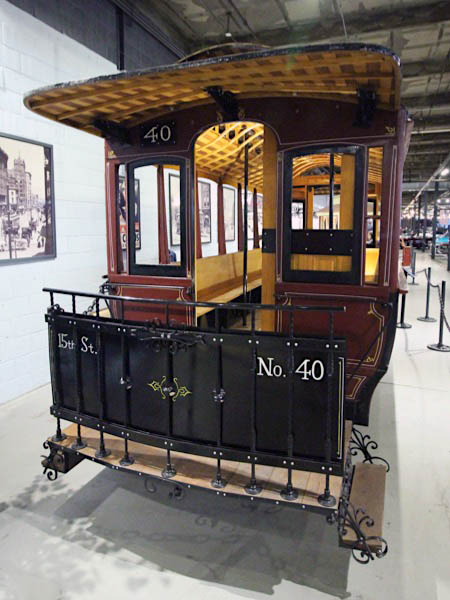
May 2023 / RWH

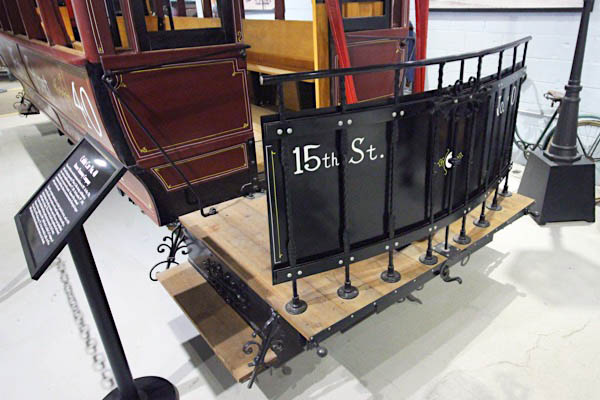

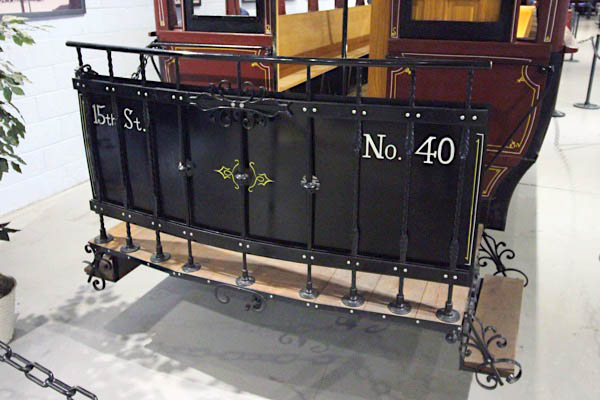
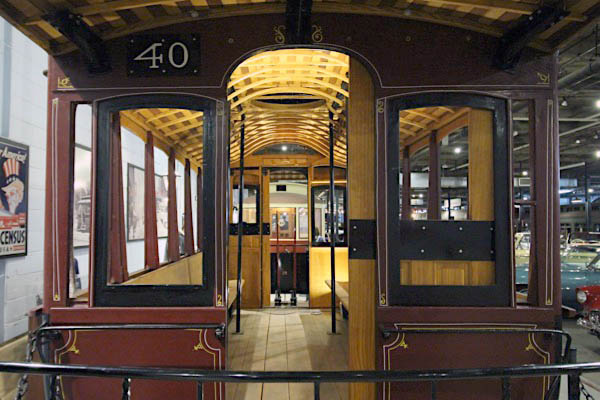
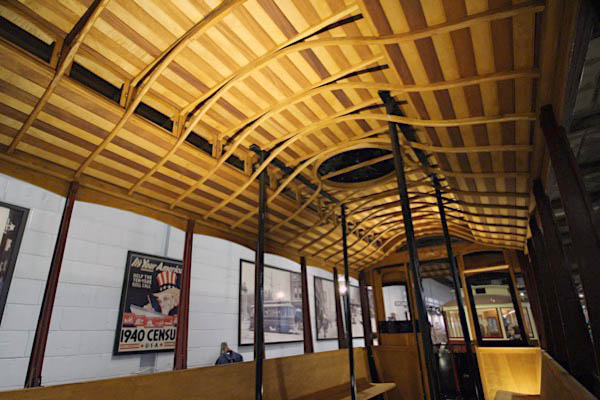
May 2023 / RWH
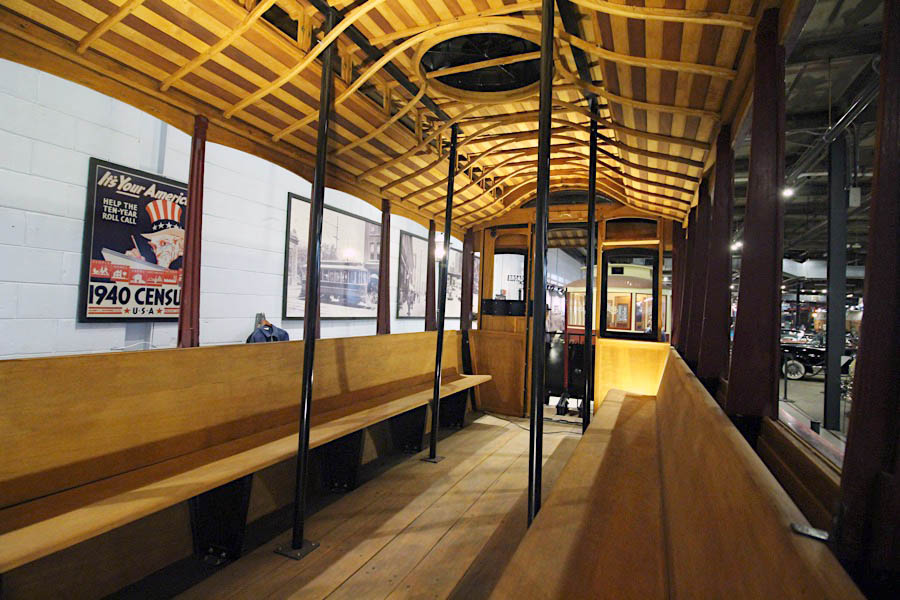
May 2023 / RWH
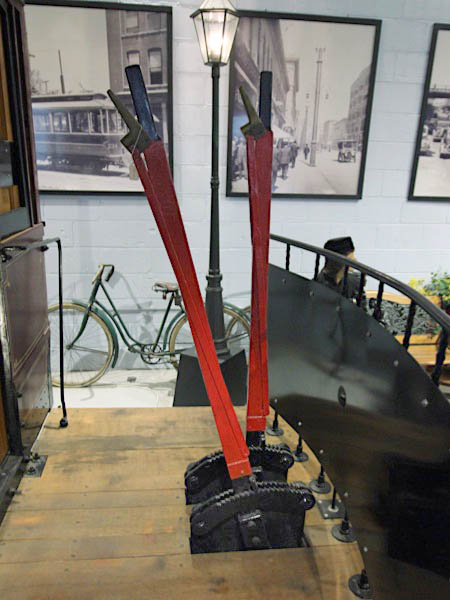
May 2023 / RWH

May 2023 / RWH

May 2023 / RWH

Denver, Co / May 2023 / RWH
Vehicles
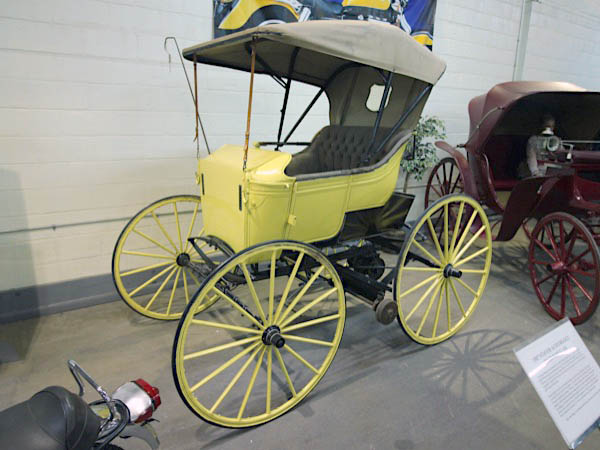

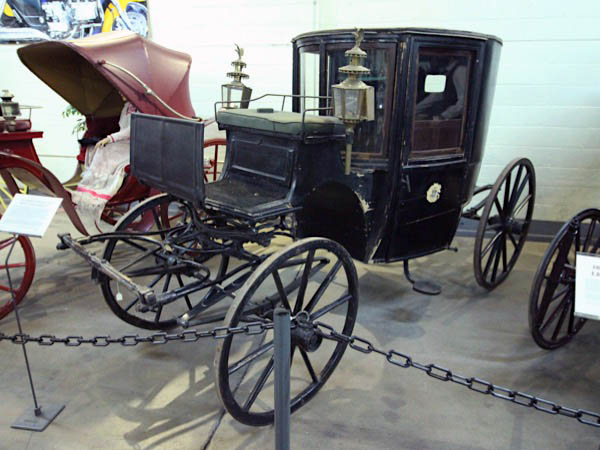

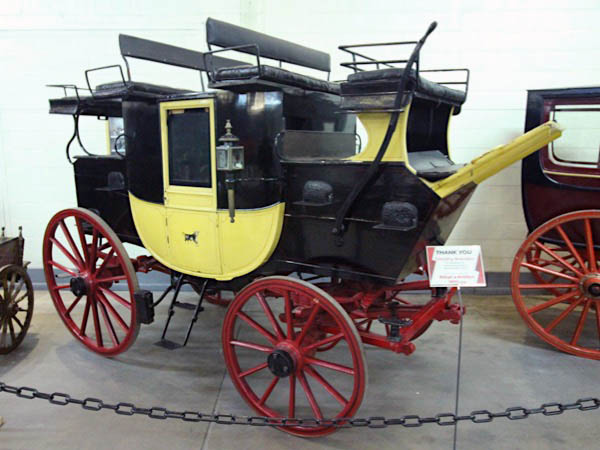
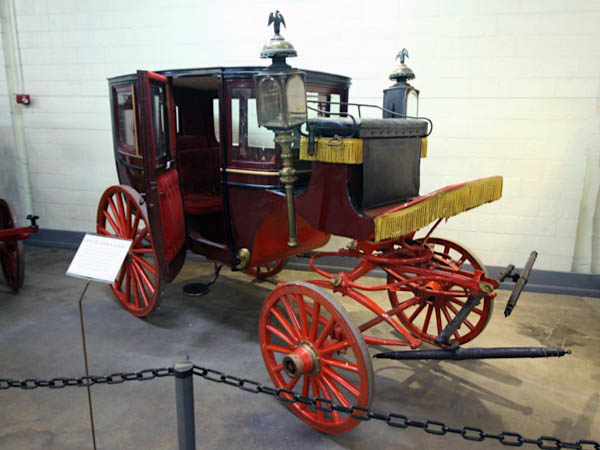
Denver, Co / May 2023 / RWH
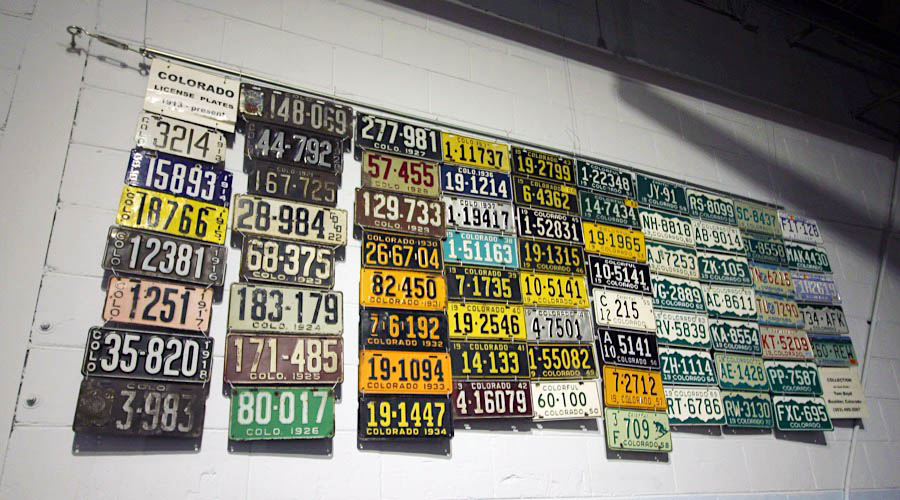
May 2023 / RWH
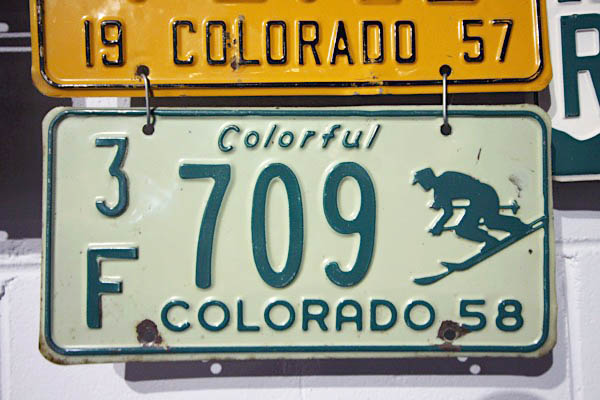
May 2023 / RWH


Denver, Co / May 2023 / RWH
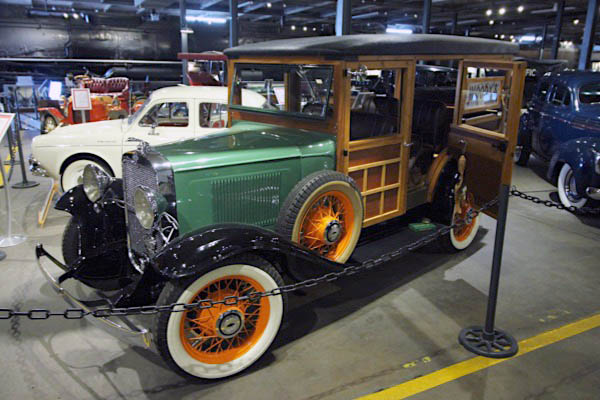
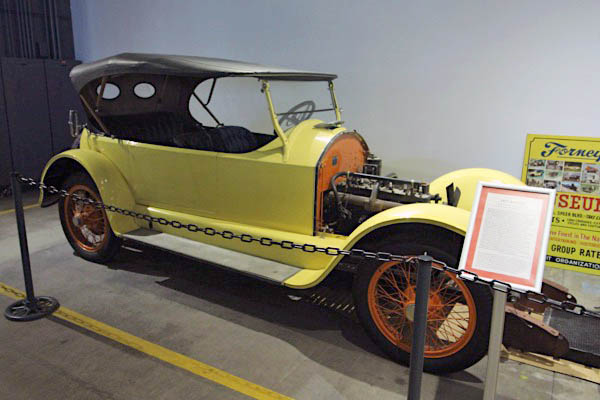
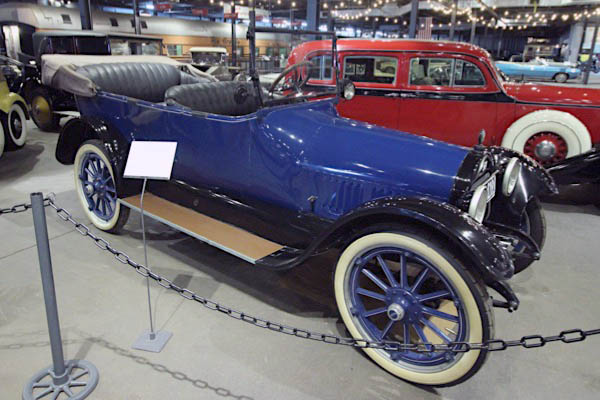
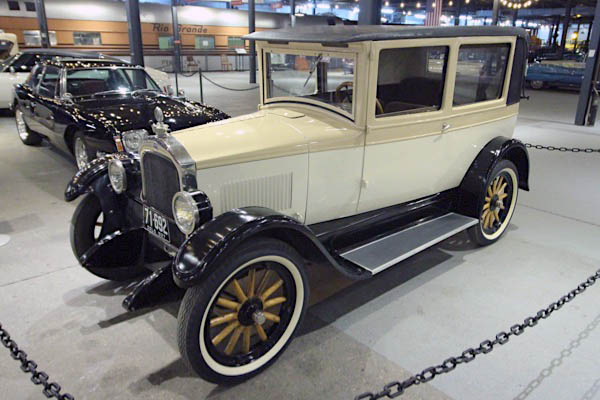
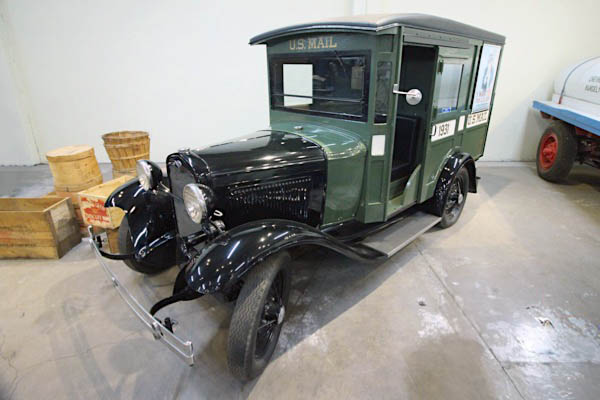
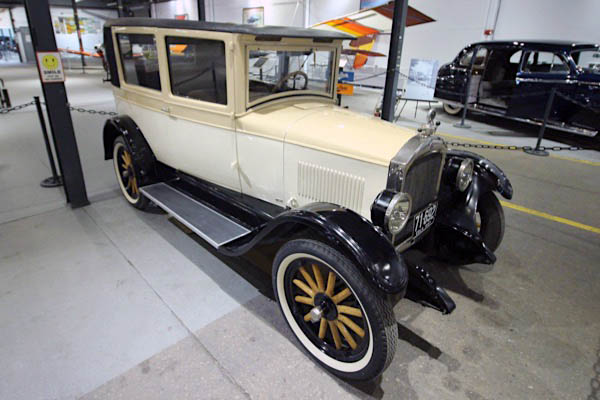
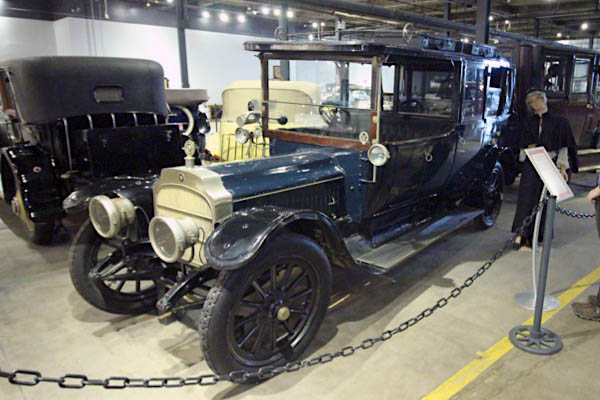
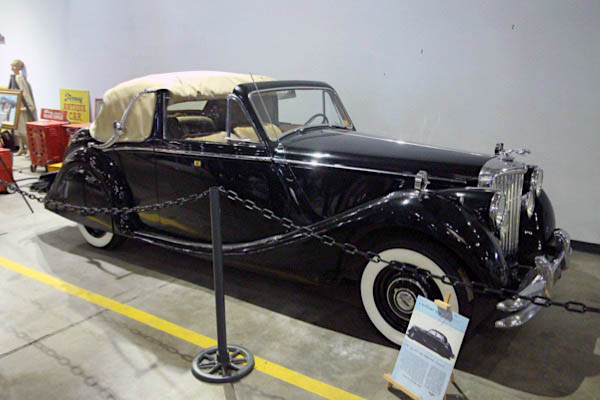
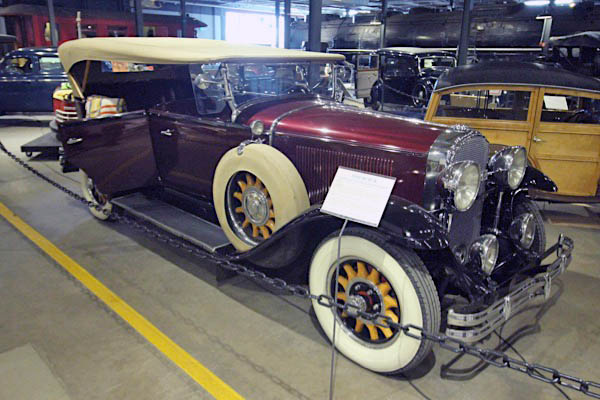
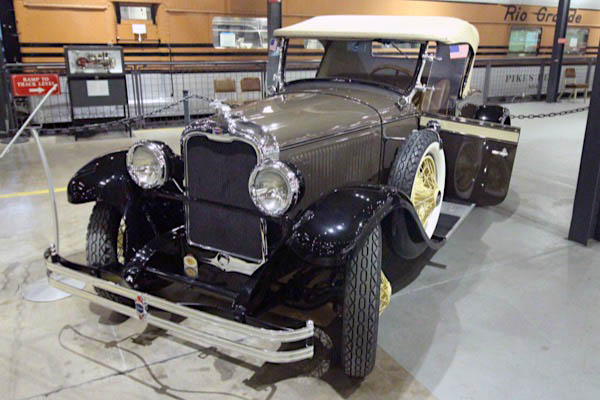
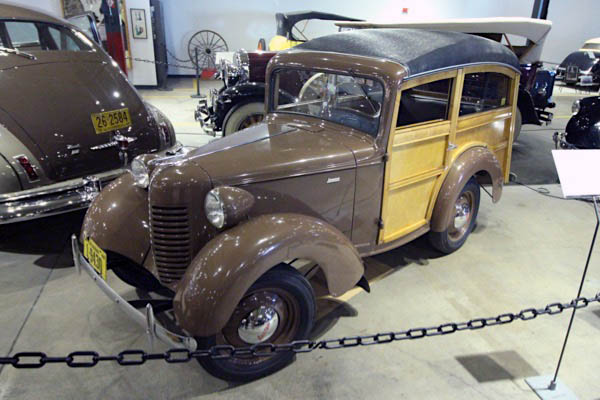
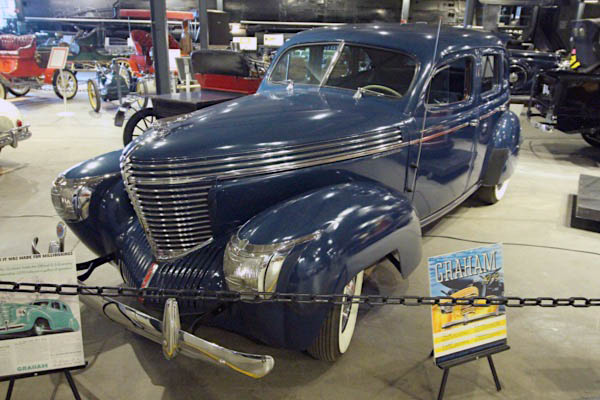
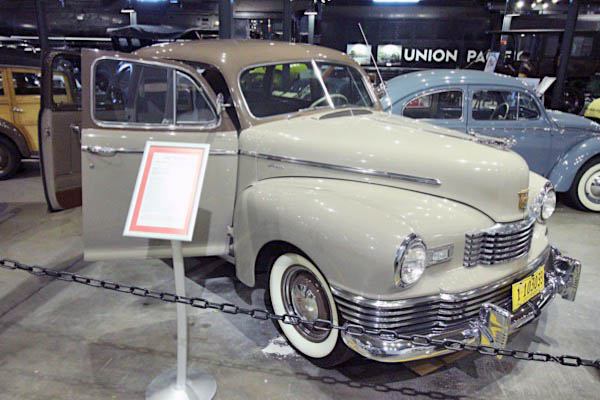
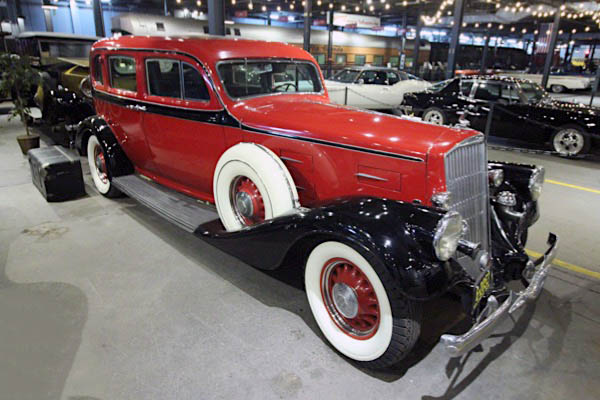
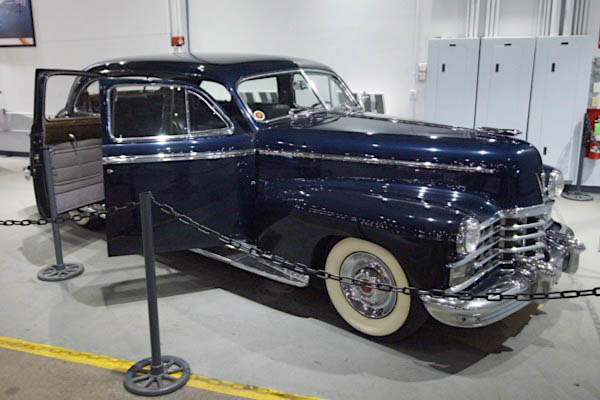
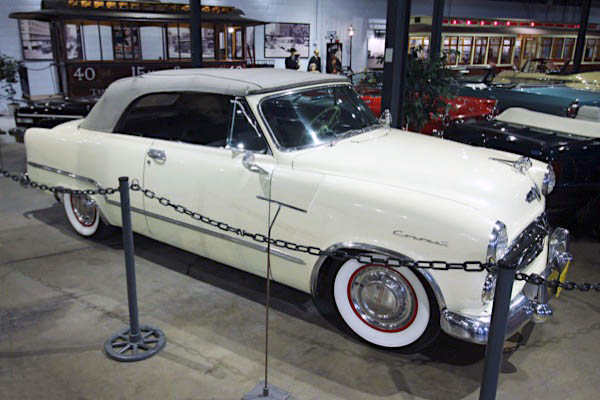
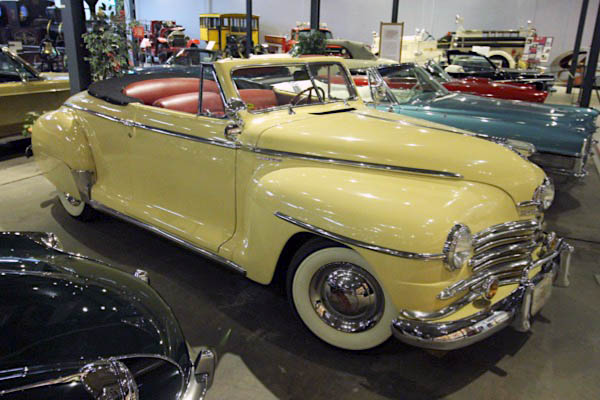
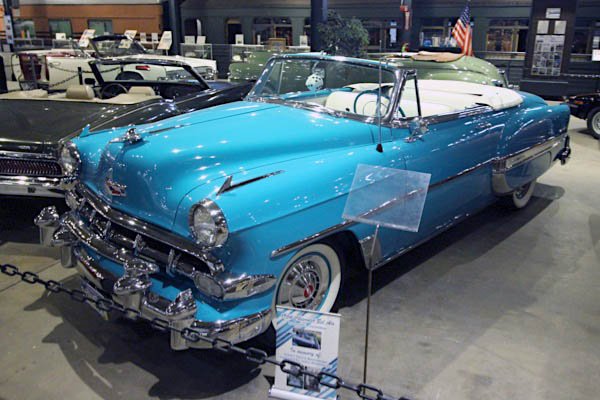

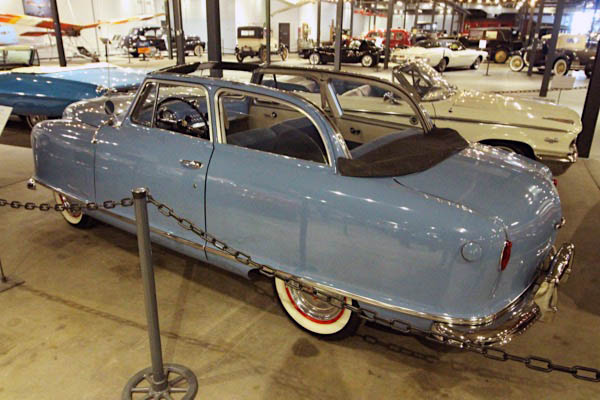
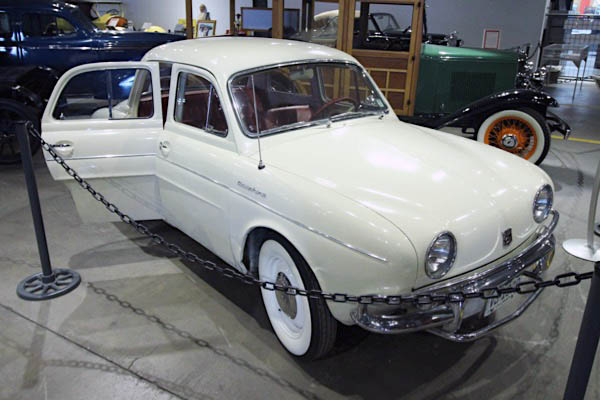
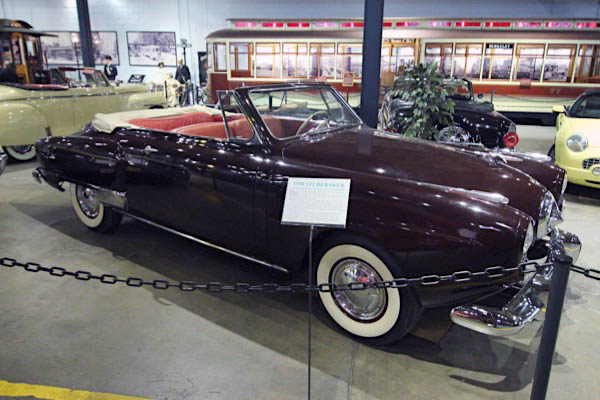
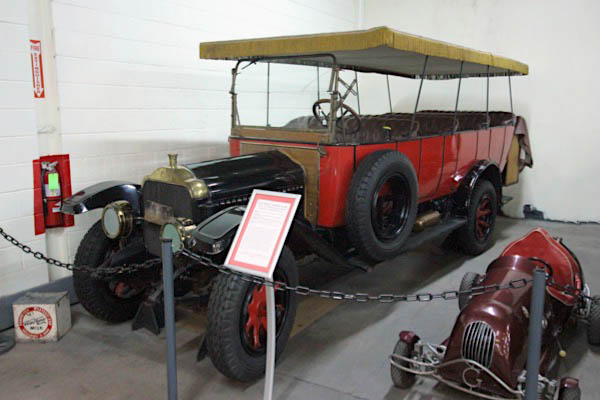
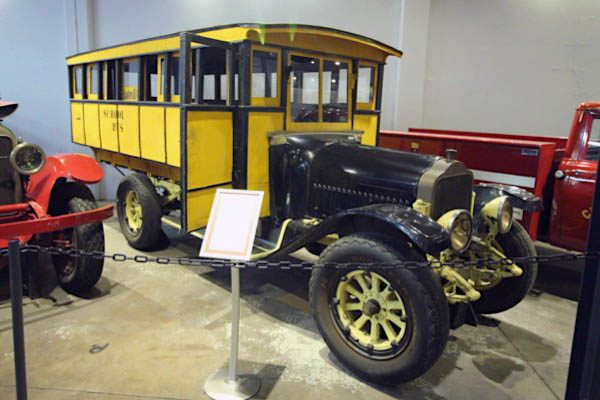
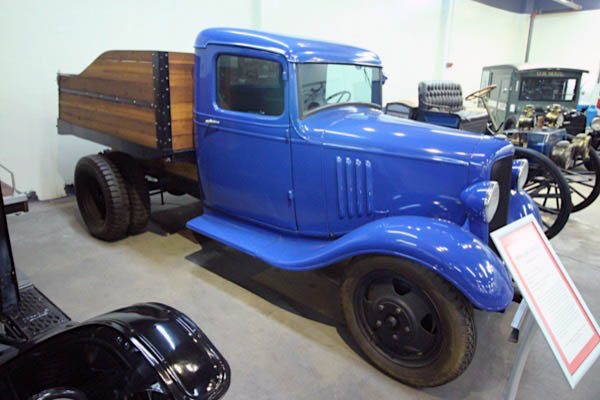
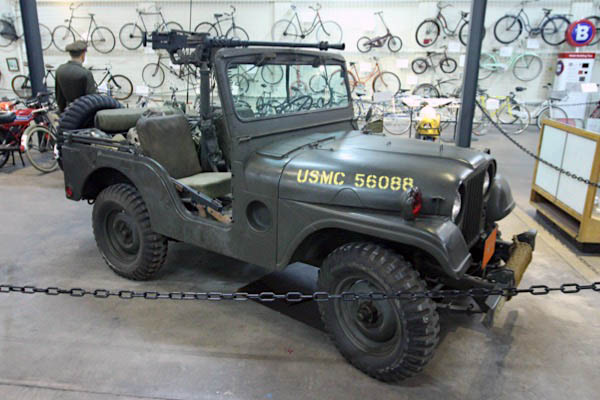
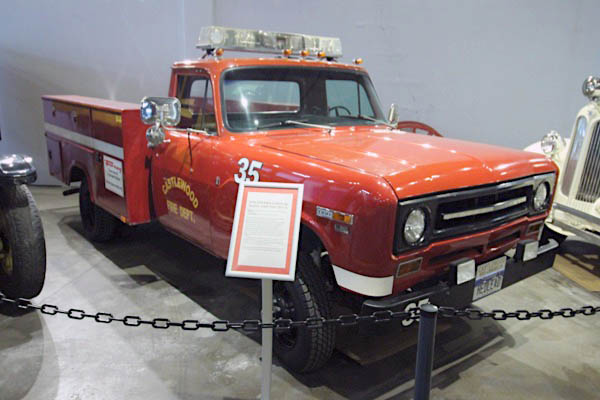
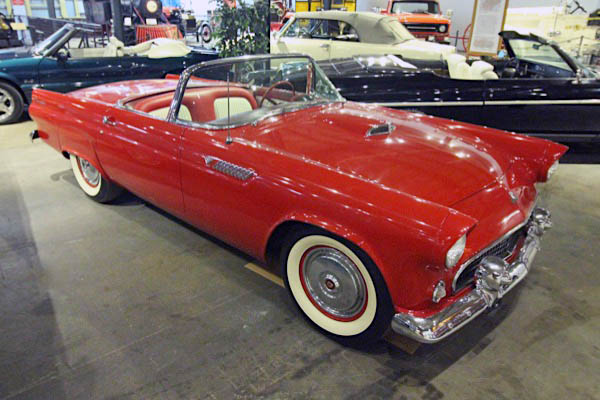
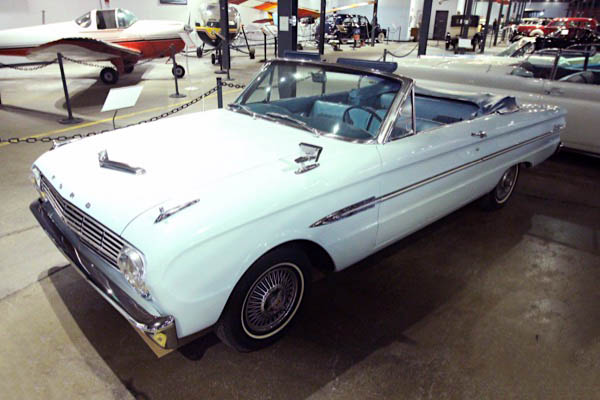
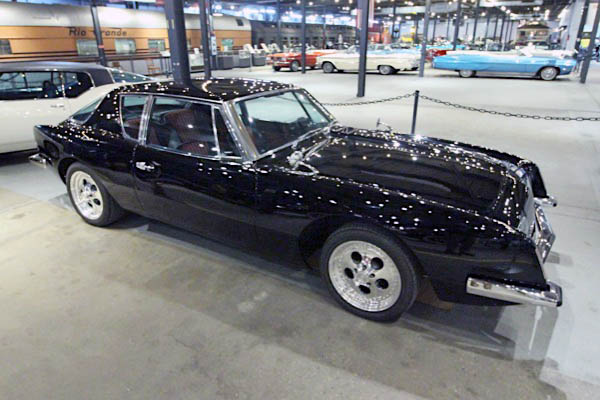
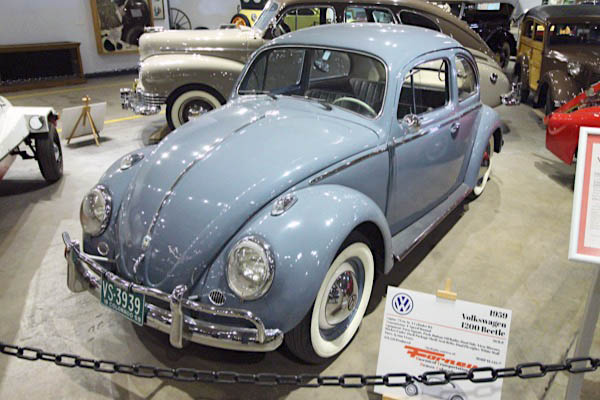
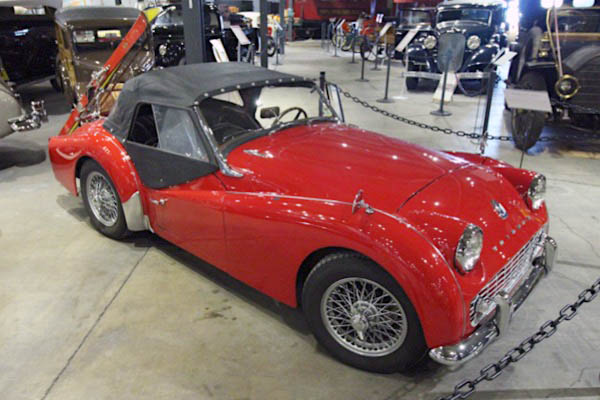


Denver, Co / May 2023 / RWH
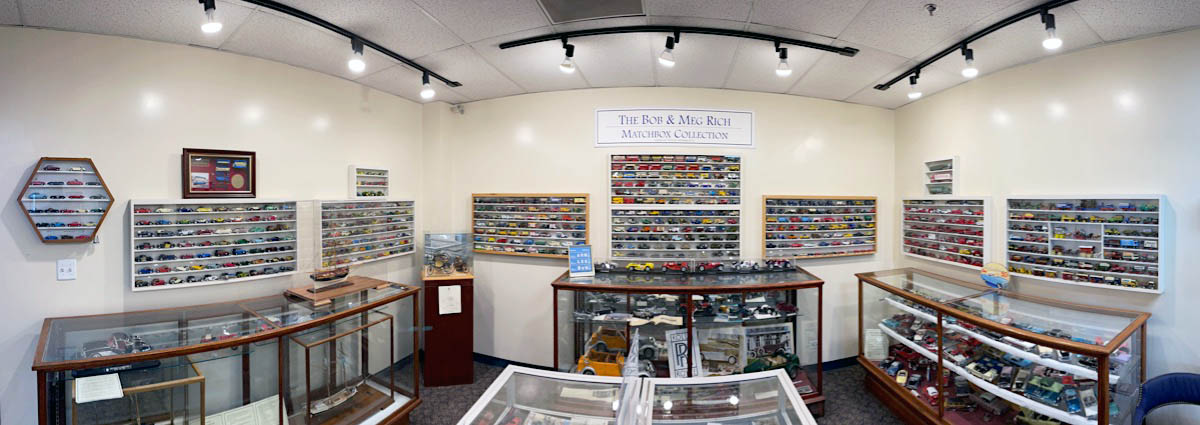
May 2023 / RWH
 Amelia's Goldbug
Amelia's Goldbug
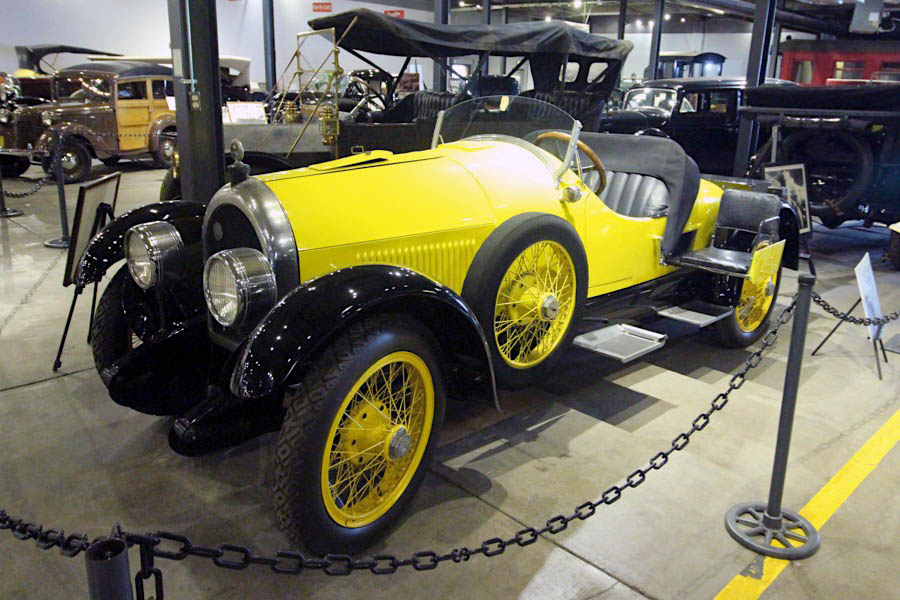
1923 Kissel "Goldbug"
Denver, Co / May 2023 / RWH
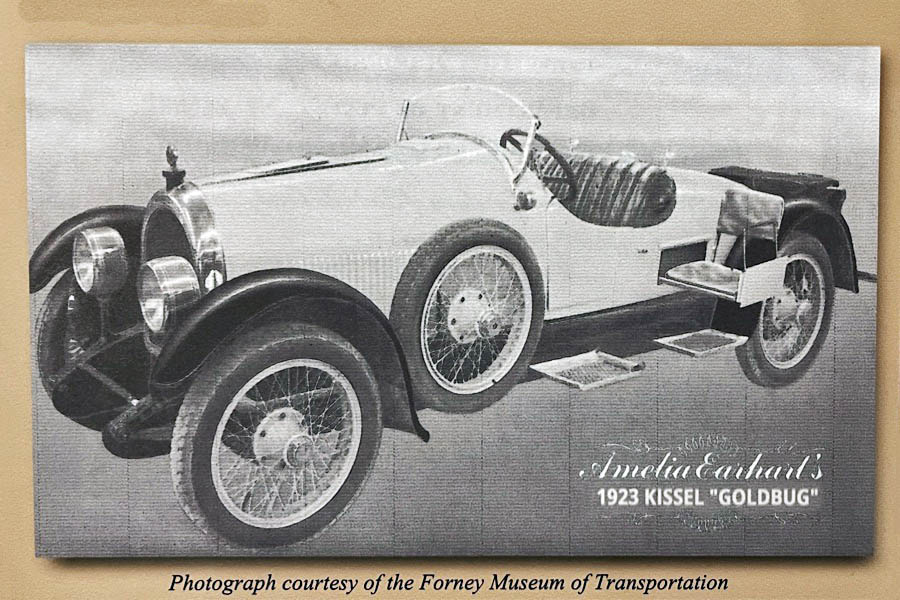
May 2023 / RWH
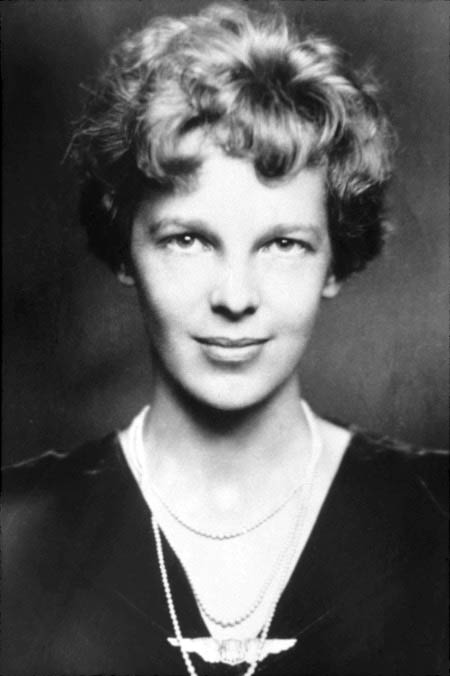 Throughout the early 1920s, following a disastrous investment in a failed gypsum mine, Amelia Earhart's inheritance from her grandmother, which was now administered by her mother, steadily diminished until it was exhausted. Consequently, with no immediate prospects for recouping her investment in flying, Earhart sold the airplane "Canary" as well as a second Kinner and bought a yellow Kissel Gold Bug "Speedster" two-seat automobile, which she named the "Yellow Peril". Simultaneously, Earhart experienced an exacerbation of her old sinus problem as her pain worsened and in early 1924 she was hospitalized for another sinus operation, which was again unsuccessful. After trying her hand at a number of ventures that included setting up a photography company, Earhart set out in a new direction.
Following her parents' divorce in 1924, she drove her mother in the "Yellow Peril" on a transcontinental trip from California with stops throughout the western United States and a jaunt up to Banff, Alberta. The meandering tour eventually brought the pair to Boston, Massachusetts, where Earhart underwent another sinus operation which was more successful.
Throughout the early 1920s, following a disastrous investment in a failed gypsum mine, Amelia Earhart's inheritance from her grandmother, which was now administered by her mother, steadily diminished until it was exhausted. Consequently, with no immediate prospects for recouping her investment in flying, Earhart sold the airplane "Canary" as well as a second Kinner and bought a yellow Kissel Gold Bug "Speedster" two-seat automobile, which she named the "Yellow Peril". Simultaneously, Earhart experienced an exacerbation of her old sinus problem as her pain worsened and in early 1924 she was hospitalized for another sinus operation, which was again unsuccessful. After trying her hand at a number of ventures that included setting up a photography company, Earhart set out in a new direction.
Following her parents' divorce in 1924, she drove her mother in the "Yellow Peril" on a transcontinental trip from California with stops throughout the western United States and a jaunt up to Banff, Alberta. The meandering tour eventually brought the pair to Boston, Massachusetts, where Earhart underwent another sinus operation which was more successful.
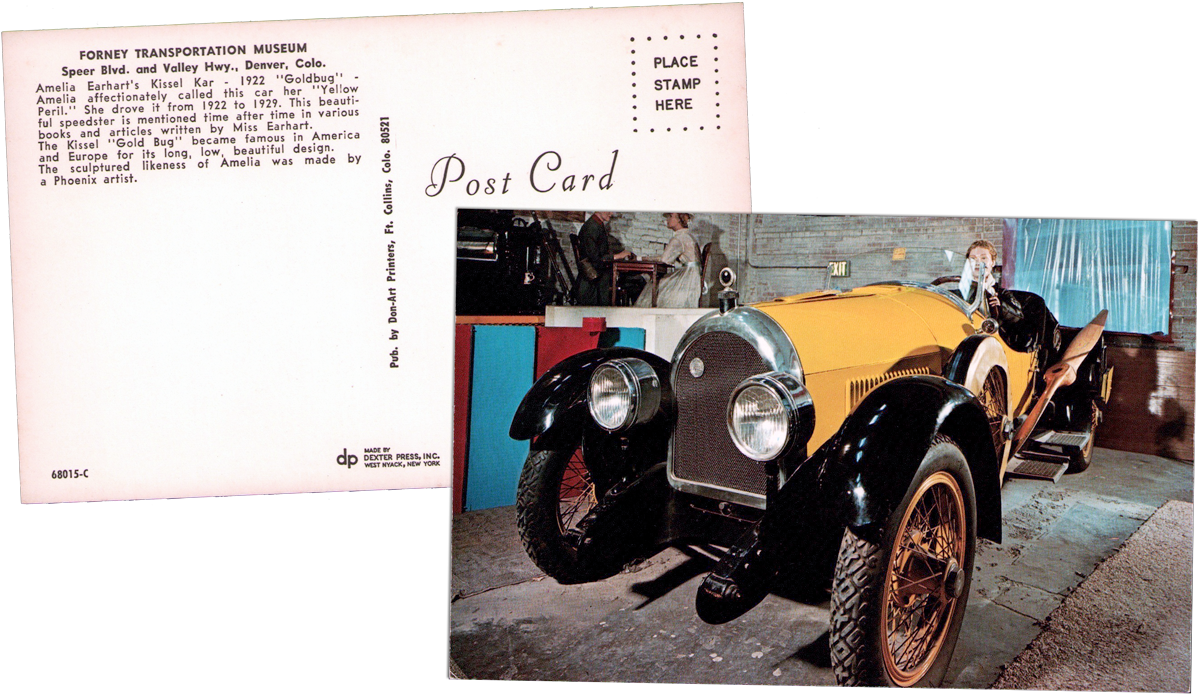
postcard / collection
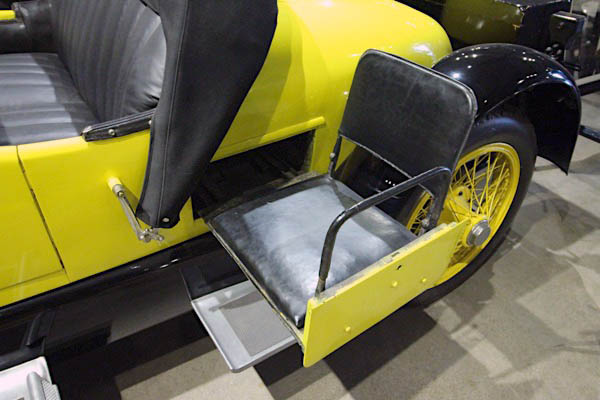
May 2023 / RWH

Denver, Co / May 2023 / RWH
Publications
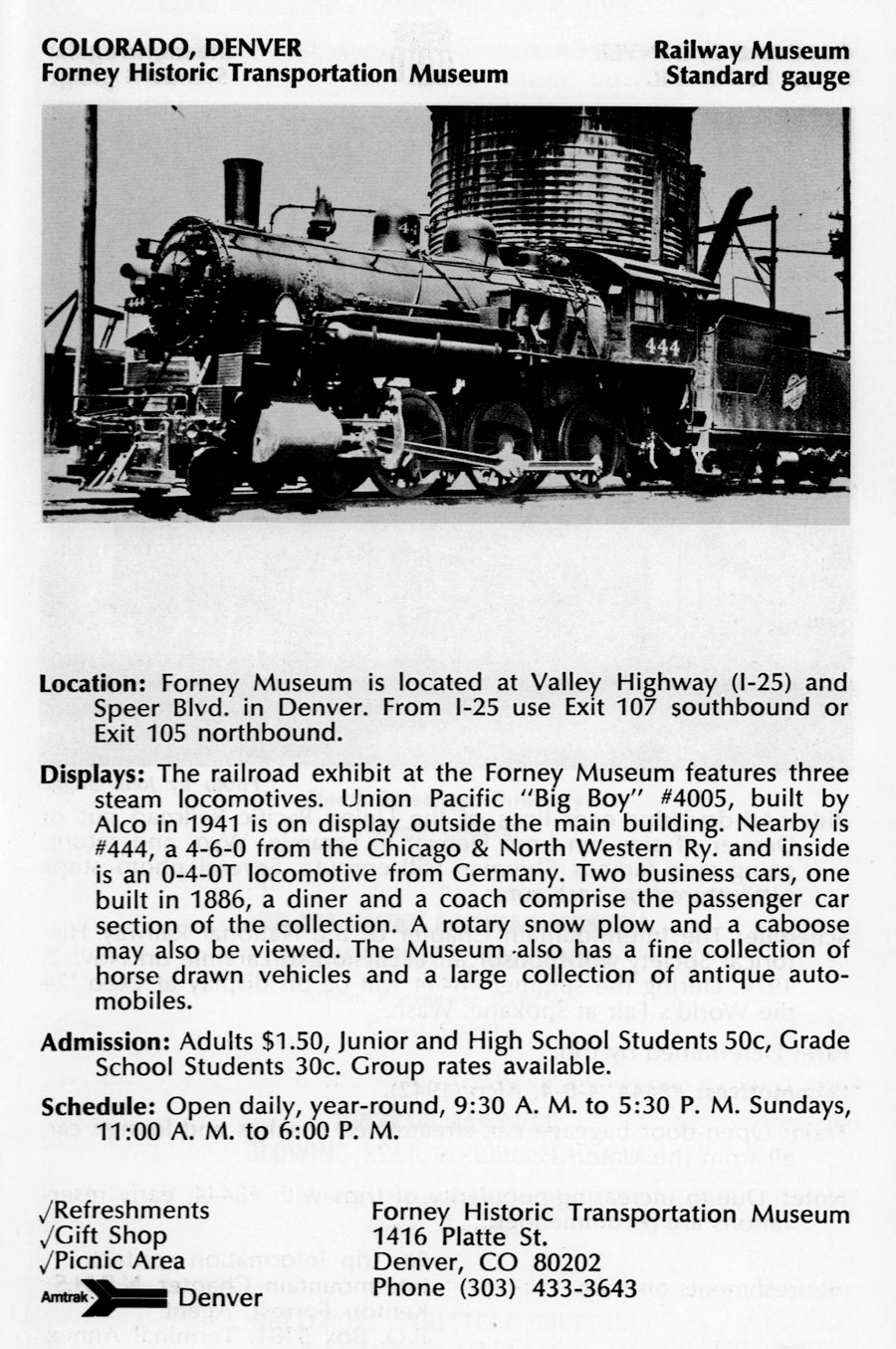
1974 tourist train guide ad / collection
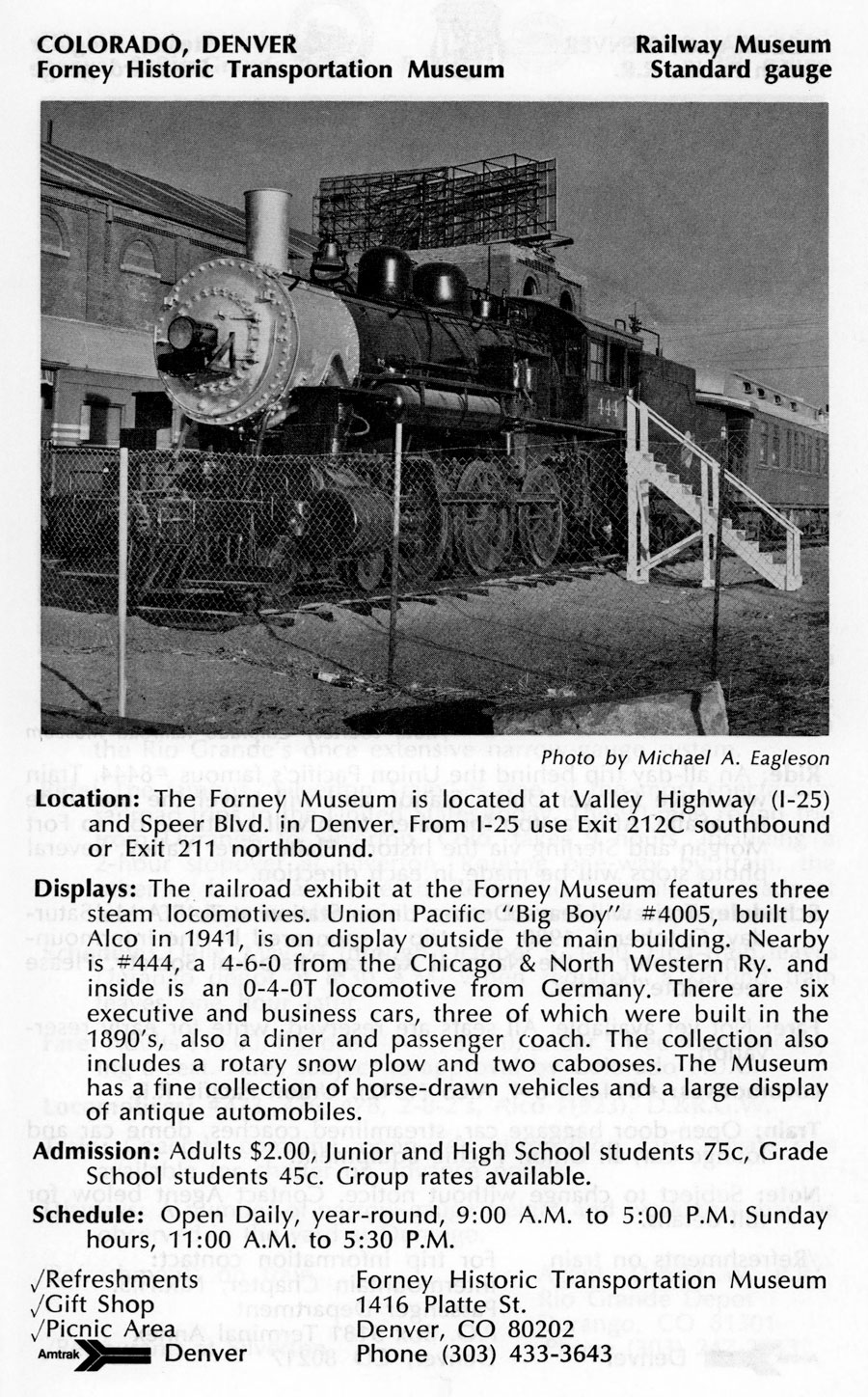
1980 tourist train guide ad / collection
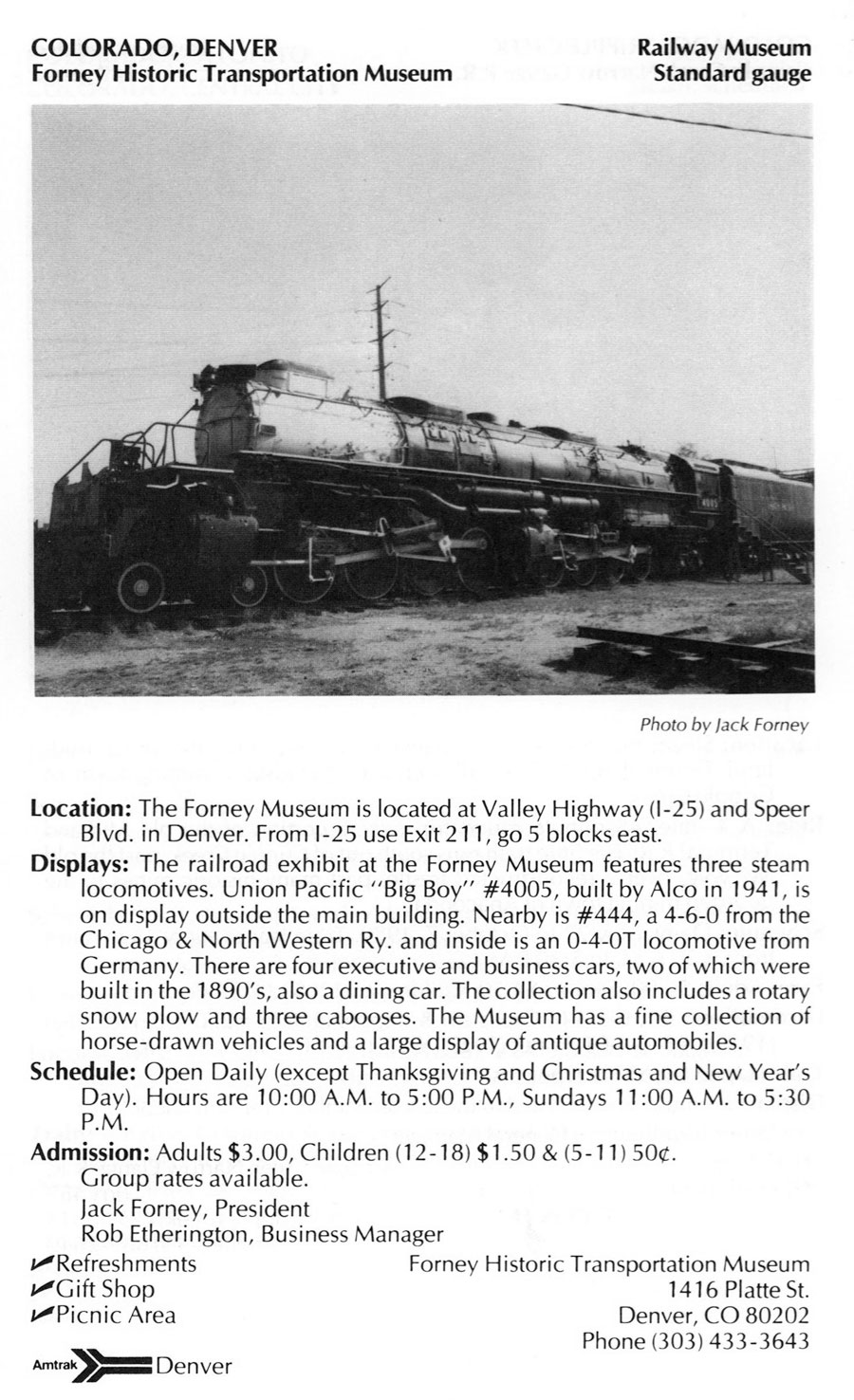
1989 tourist train guide ad / collection
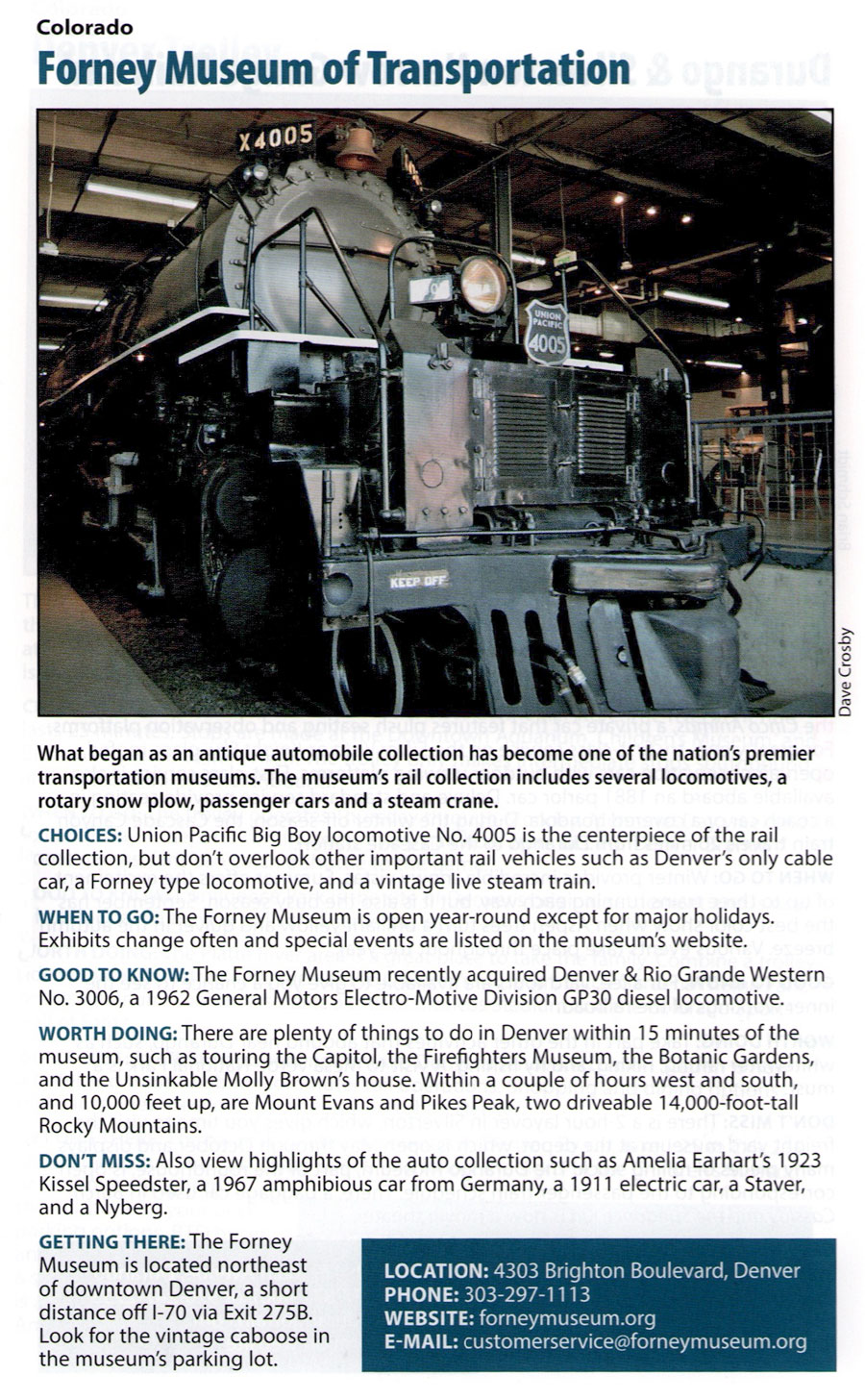
2019 tourist train guide ad / collection
Lagniappe



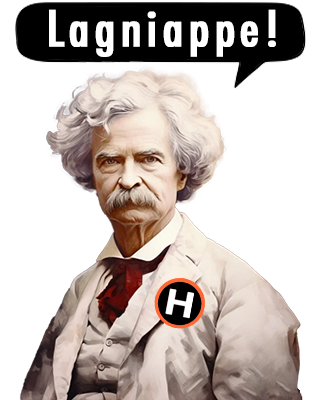

The Action Road
Denver, Co / May 2023 / RWH
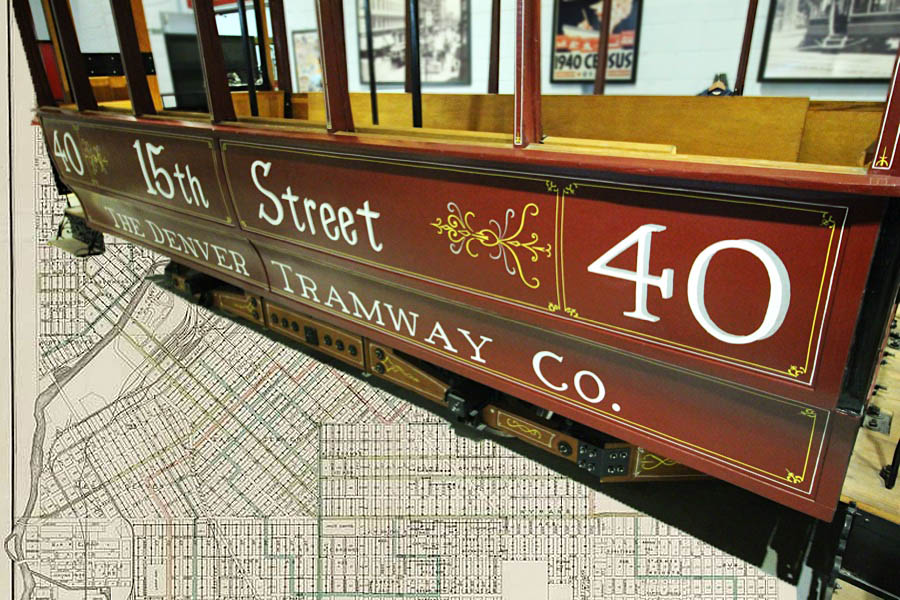
Streetwise Forty
image and artwork RWH
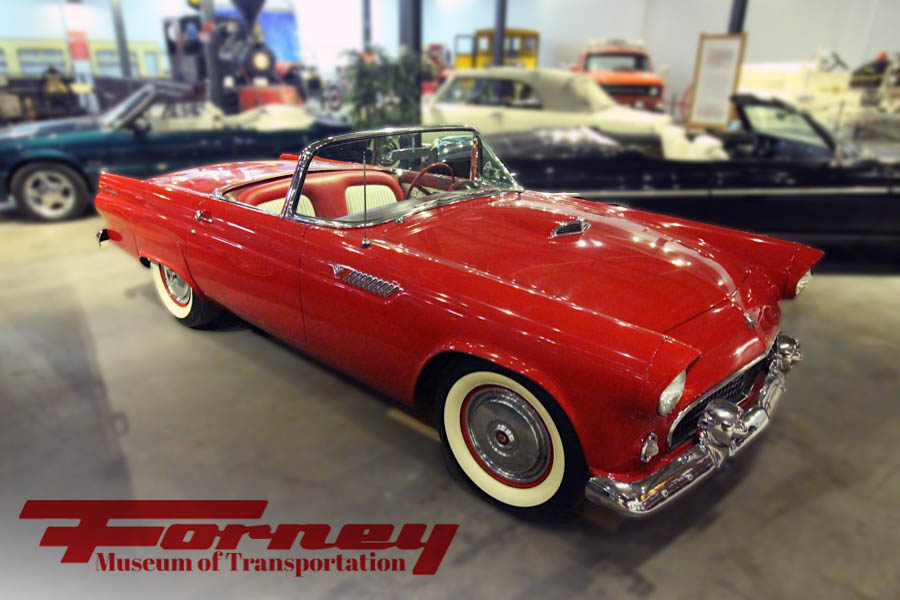
Another Fantastic Forney
May 2023 / image and artwork RWH
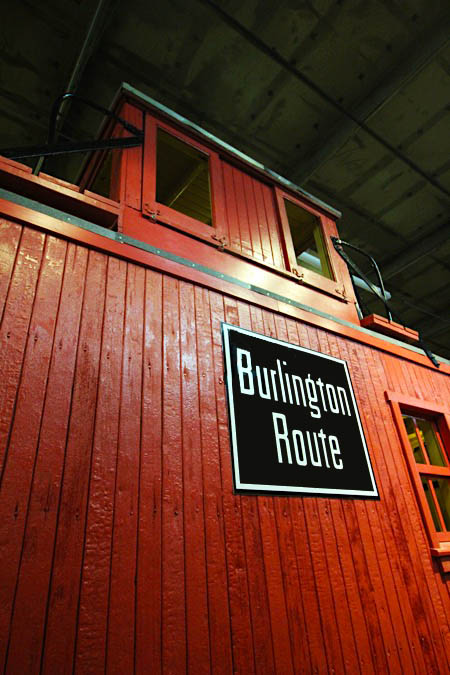
Caboose Red
May 2023 / RWH

Plate Is Full
May 2023 / RWH
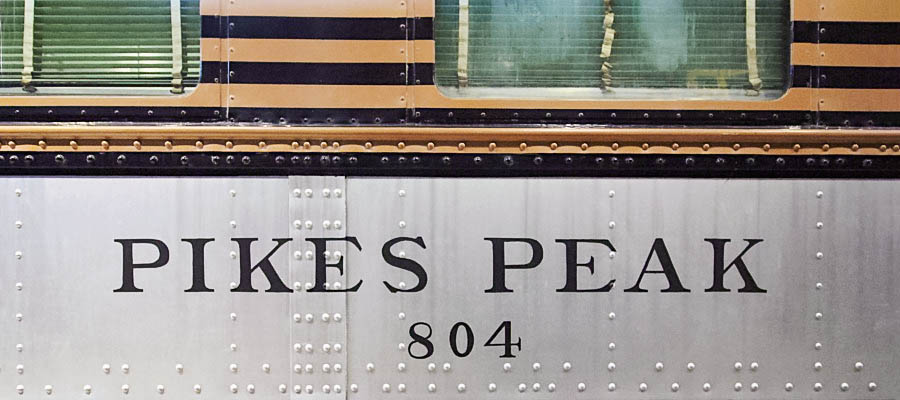
The Peak of Pike
May 2023 / RWH
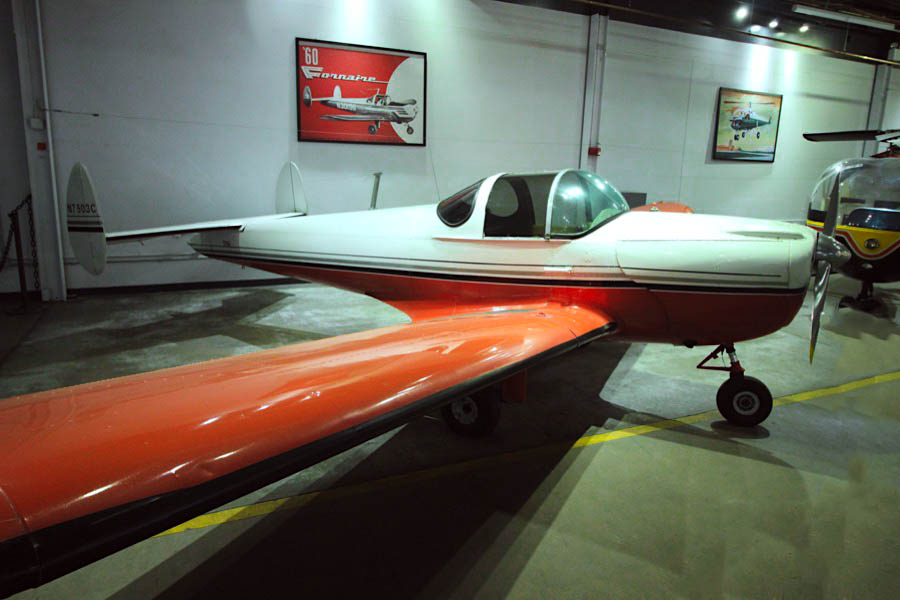
The Formula for Lift
May 2023 / RWH

"An altogether more complicated and demanding task"
Denver, Co / May 2023 / RWH
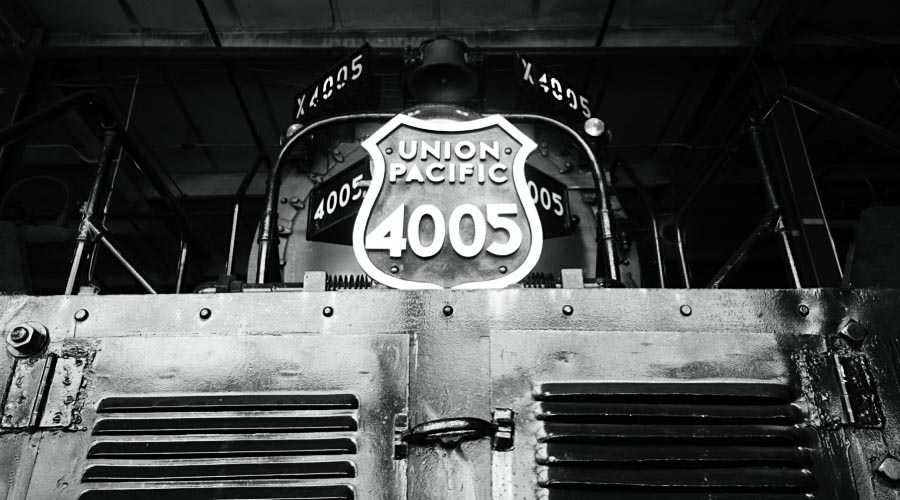
Big Boy Bravado
Denver, Co / May 2023 / RWH
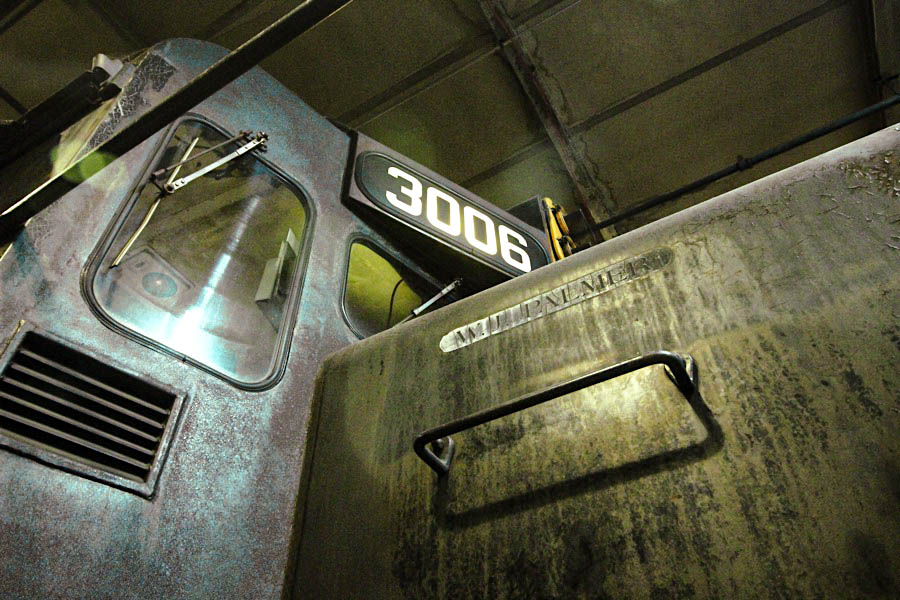
Steel Body Saga
May 2023 / RWH

 Extra Board
Extra Board
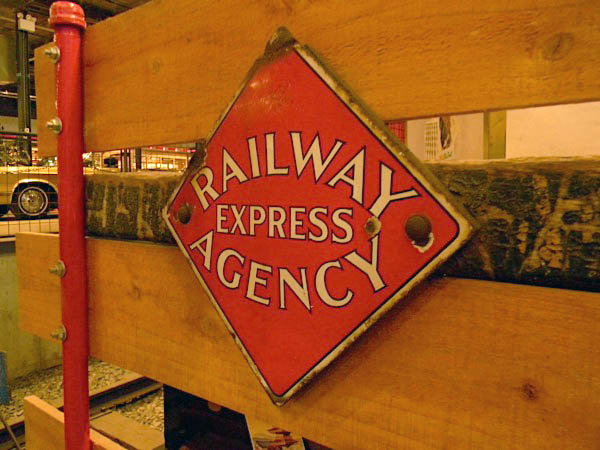

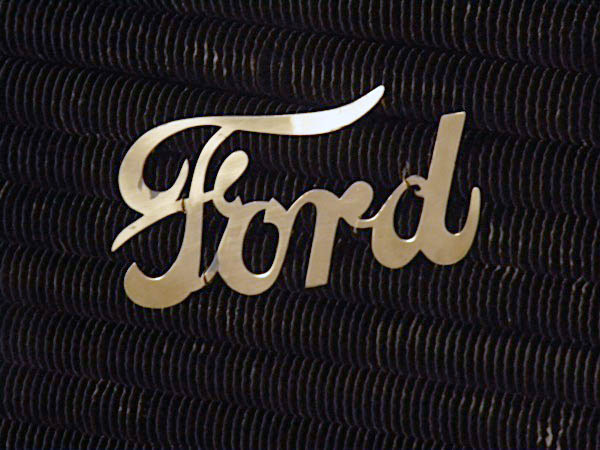
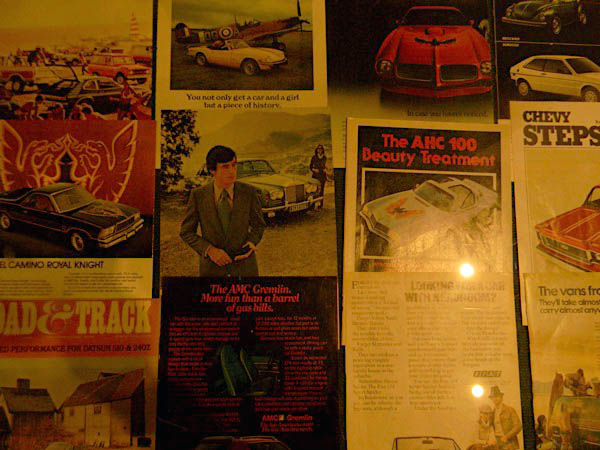

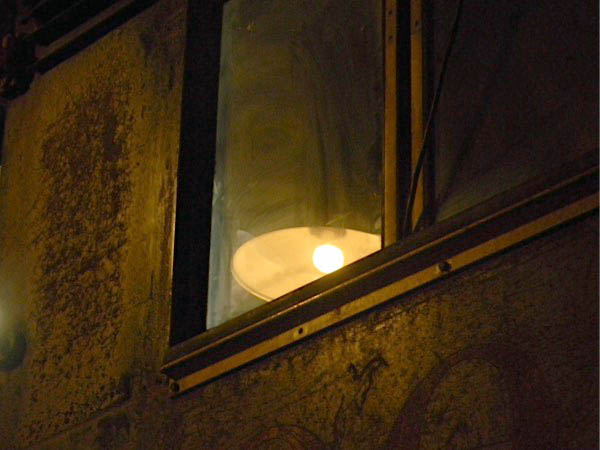
Denver, Co / May 2023 / ETH

See also Ella's complete Extra Board image collection in Lagniappe
 Snapshots
Snapshots
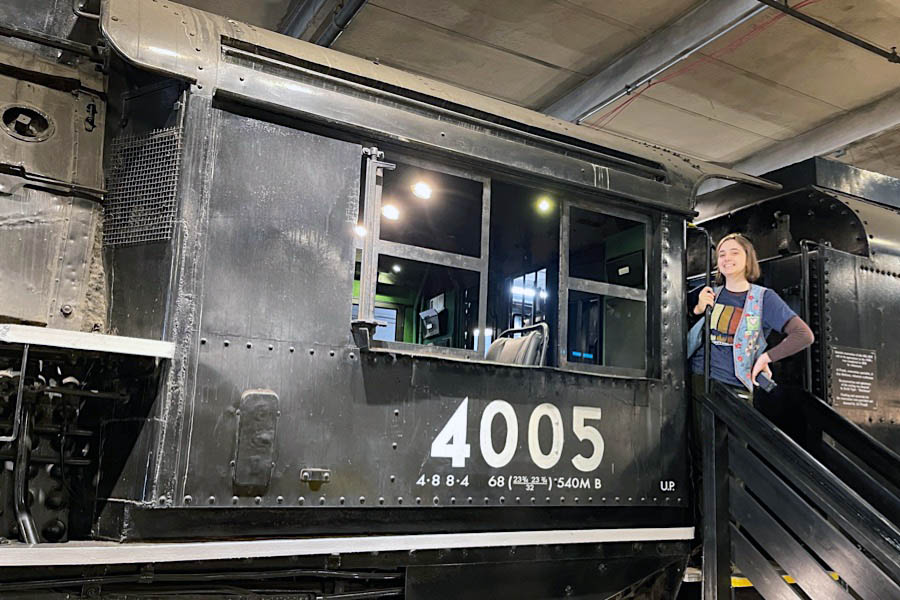
Denver, Co / May 2023 / RWH



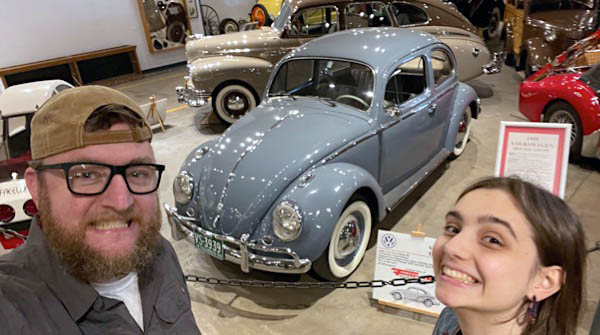
Denver, Co / May 2023 / RWH

Denver, Co / May 2023 / RWH

May 2023 / RWH

May 2023 / RWH
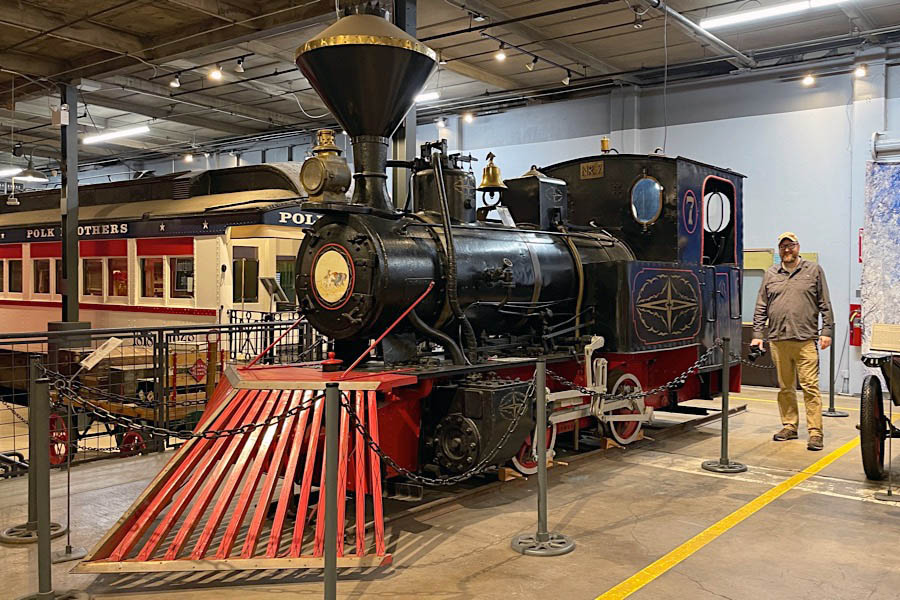
Denver, Co / May 2023 / RWH
Links / Sources
- Forney Museum of Transportation website
- Wikipedia article for Forney Museum of Transportation

